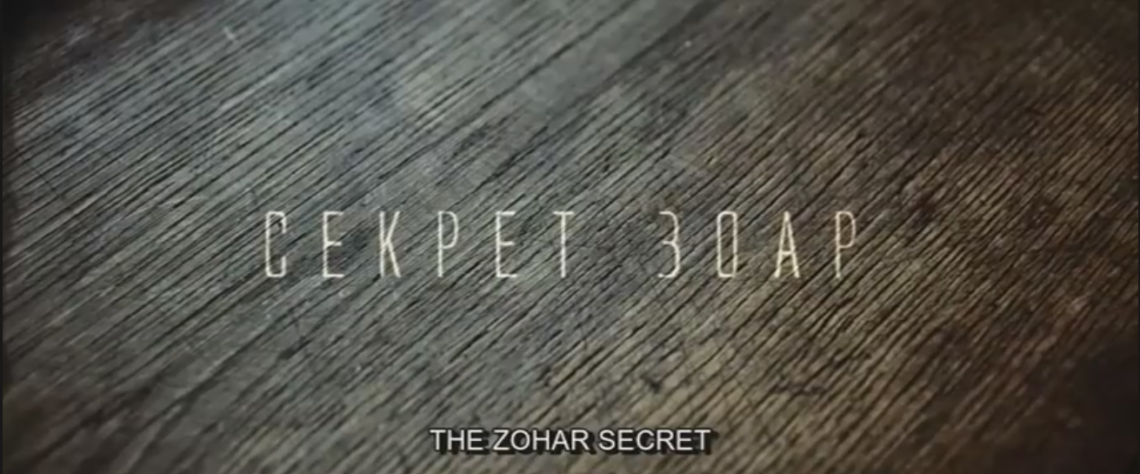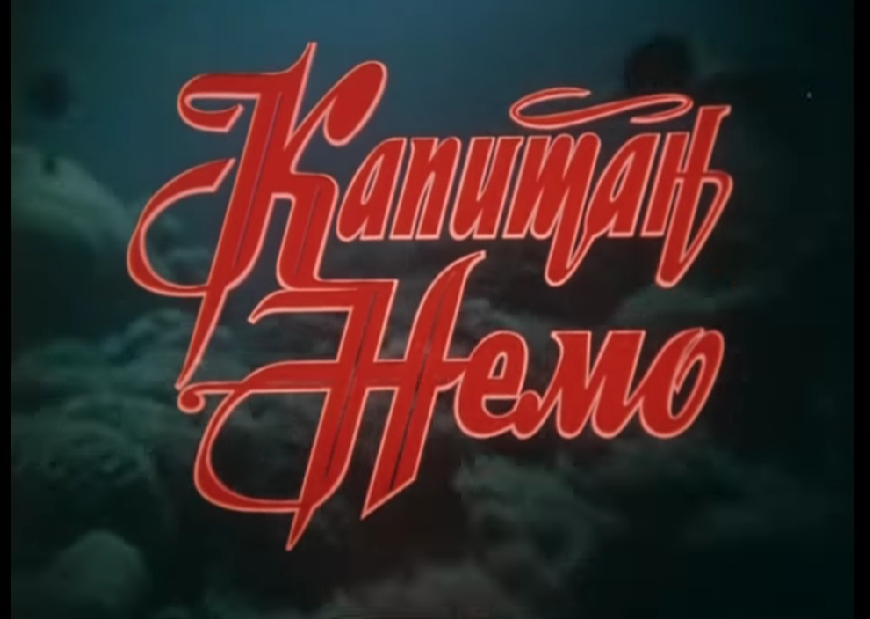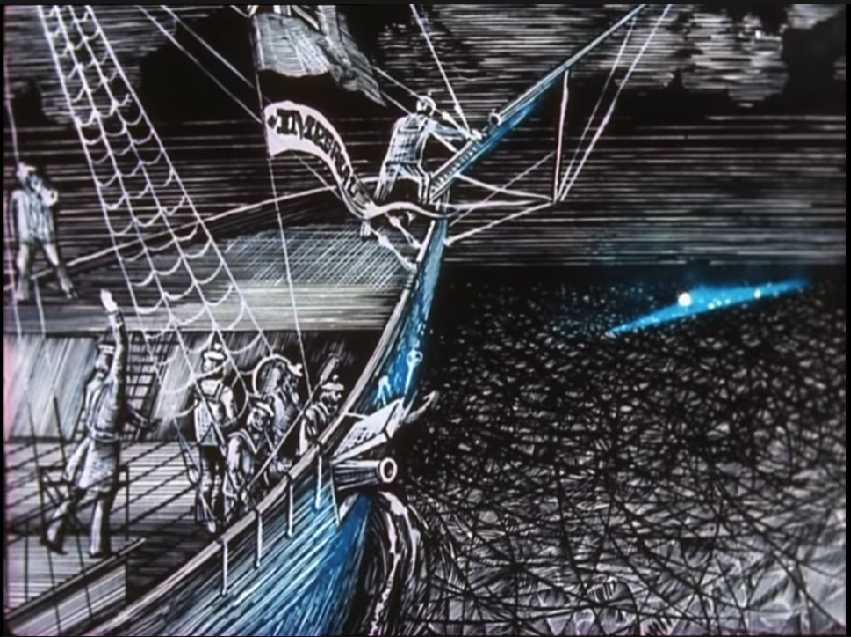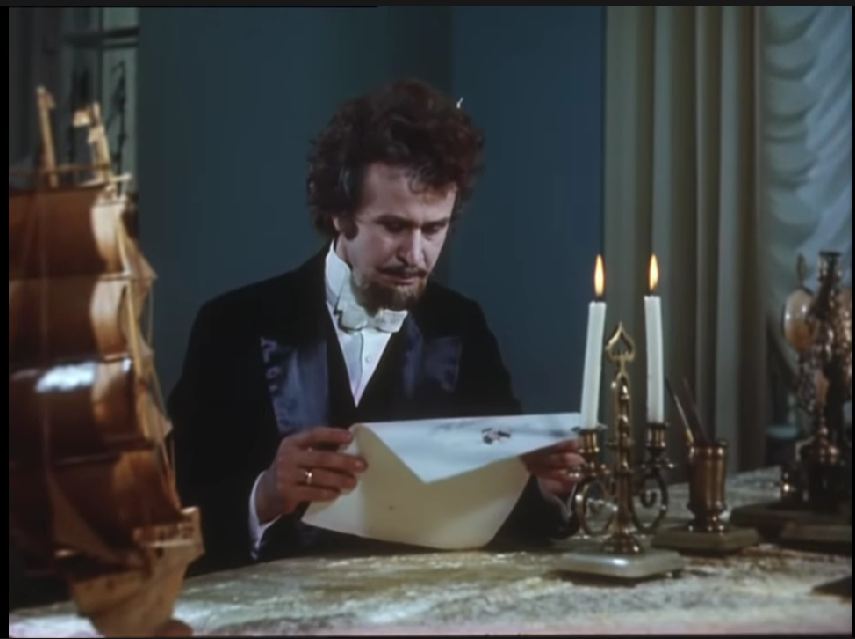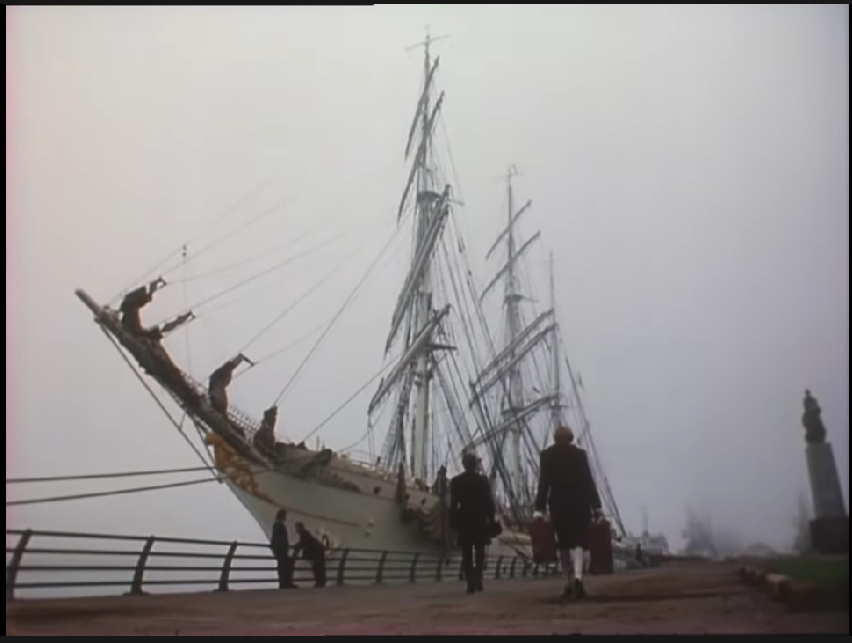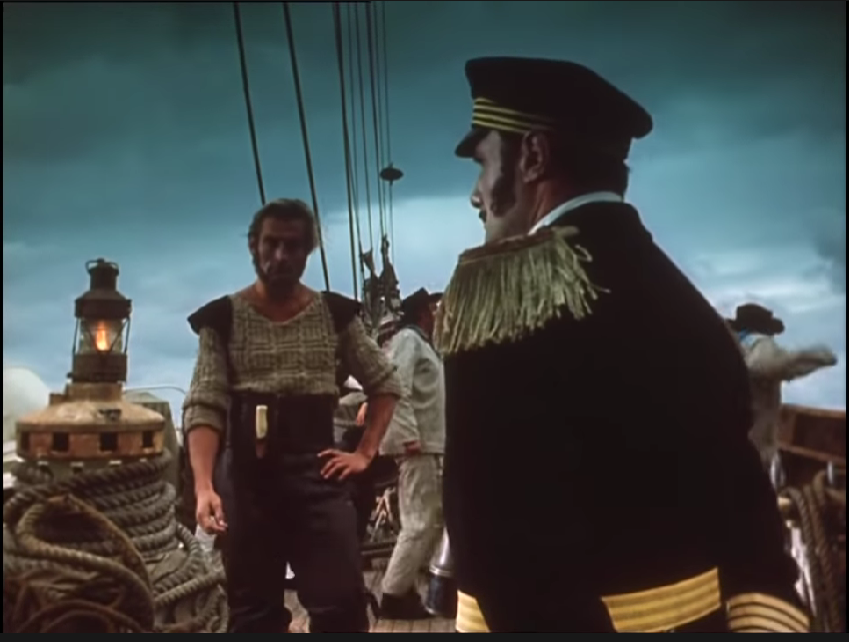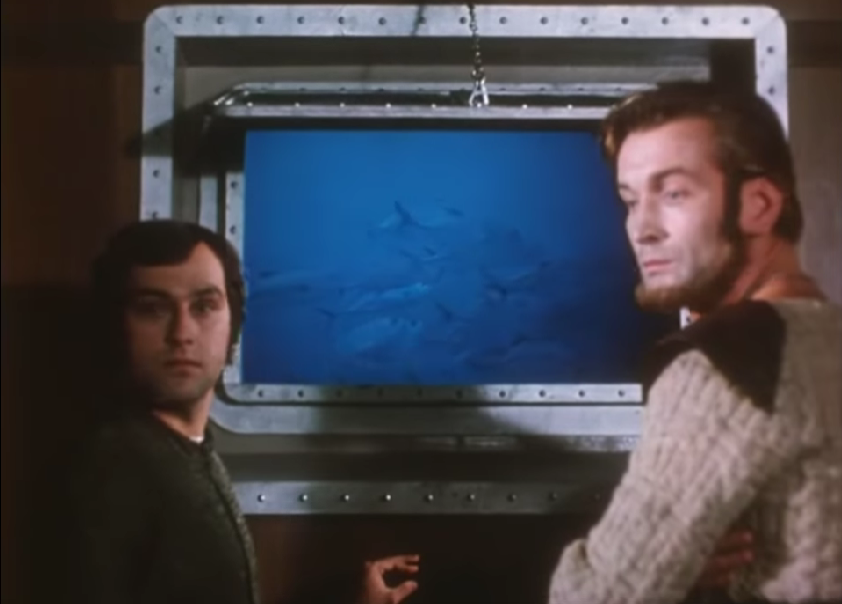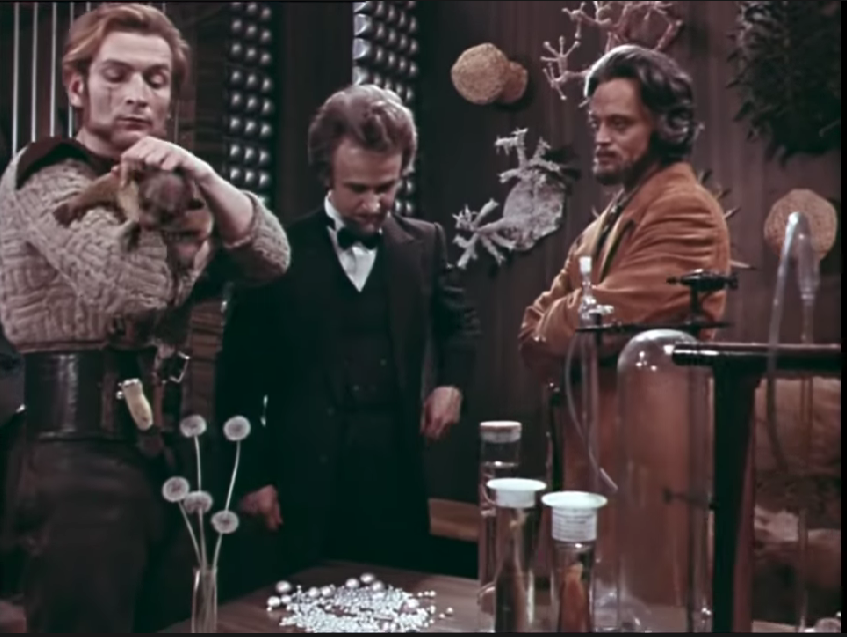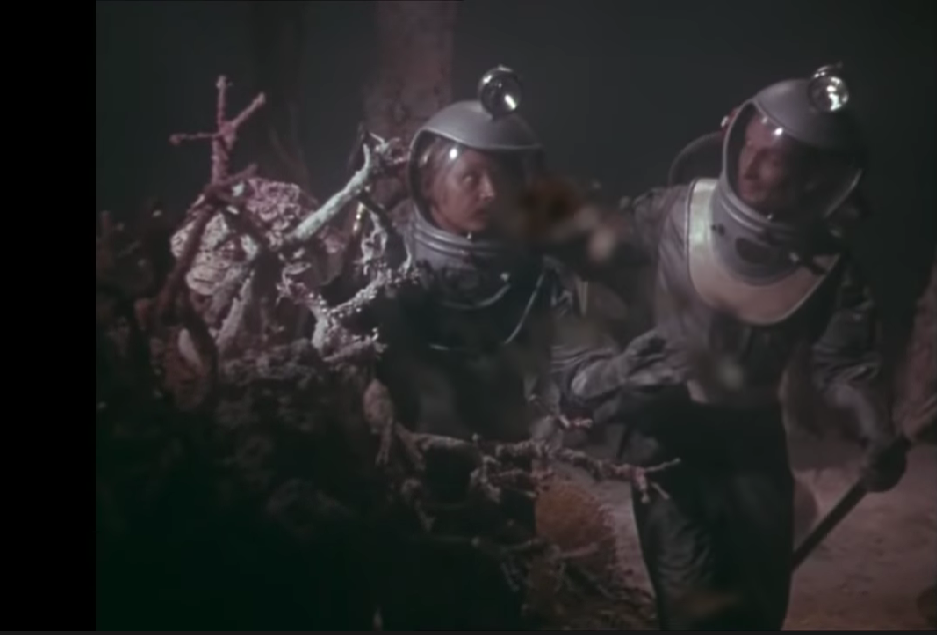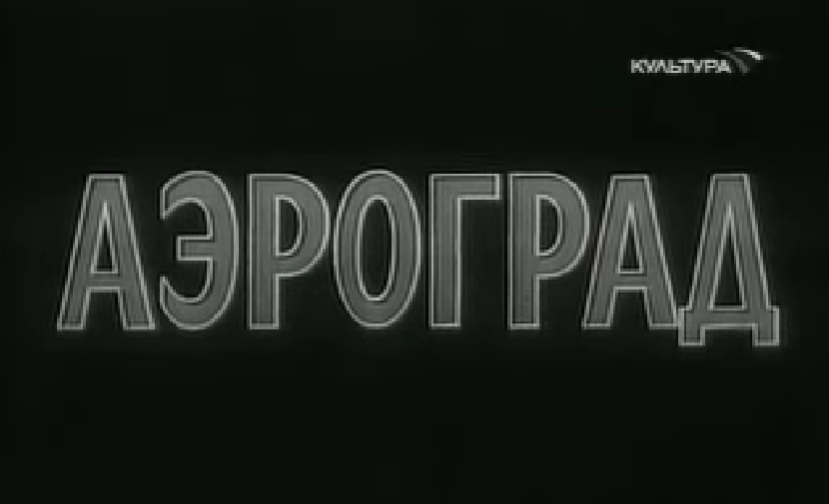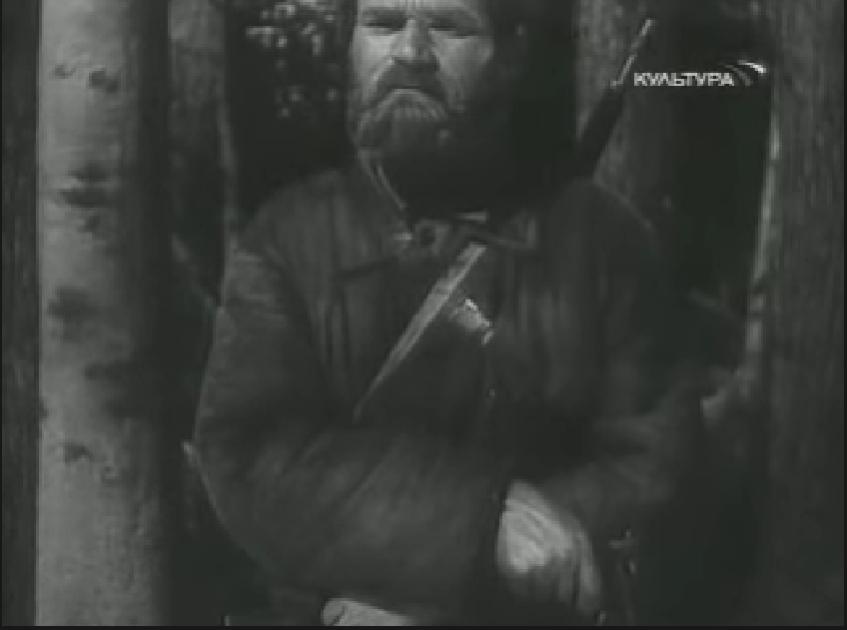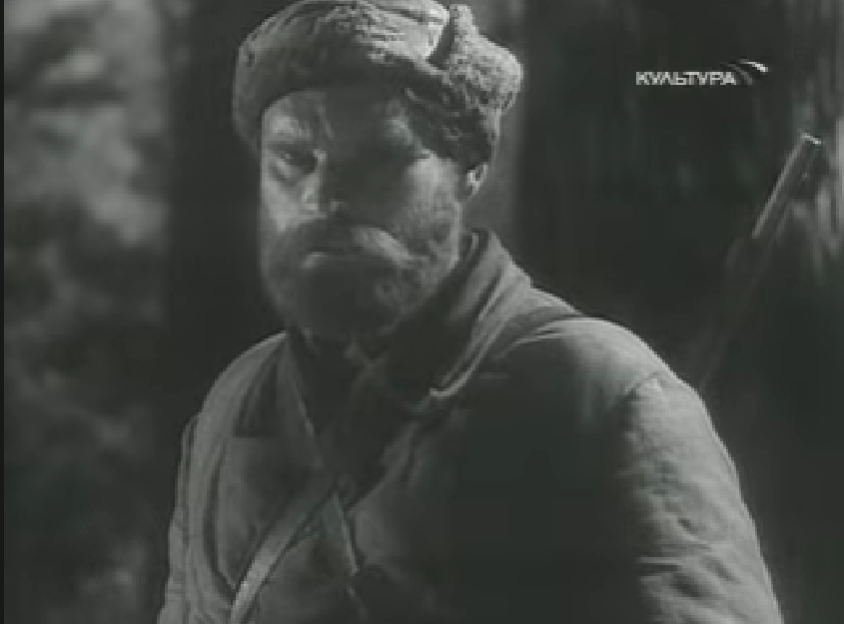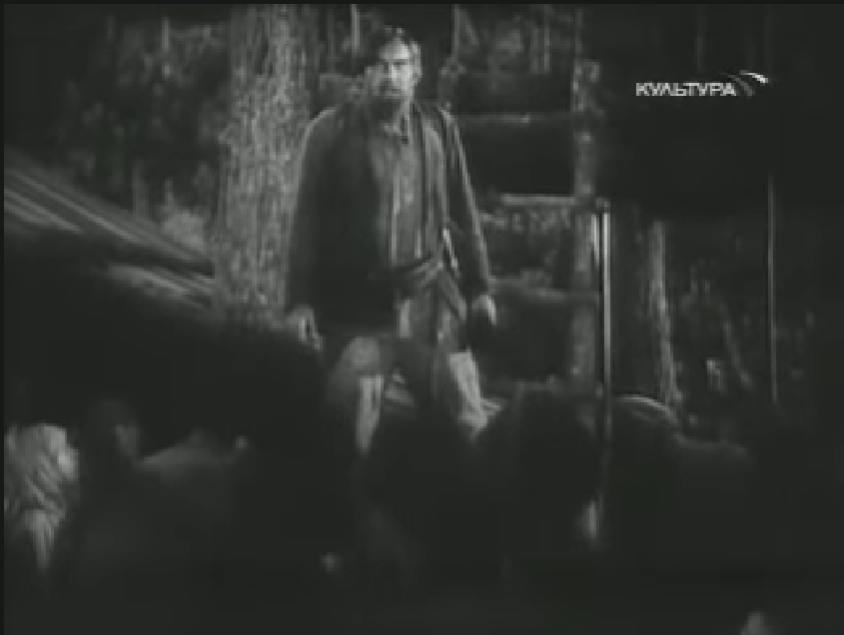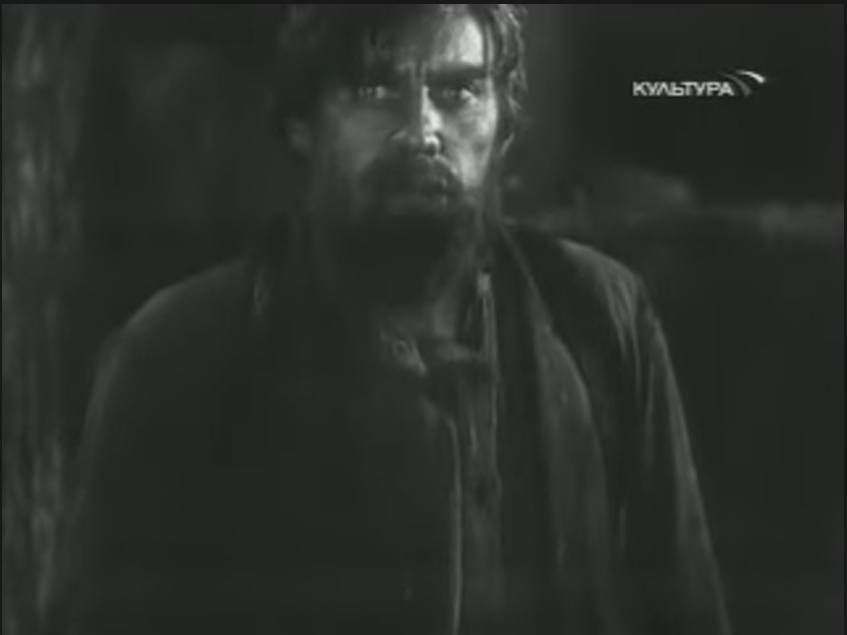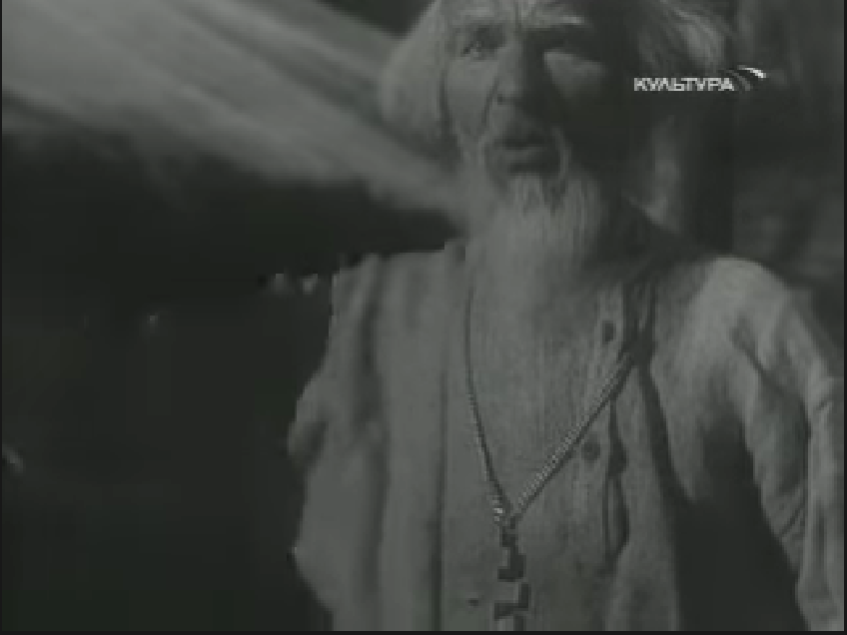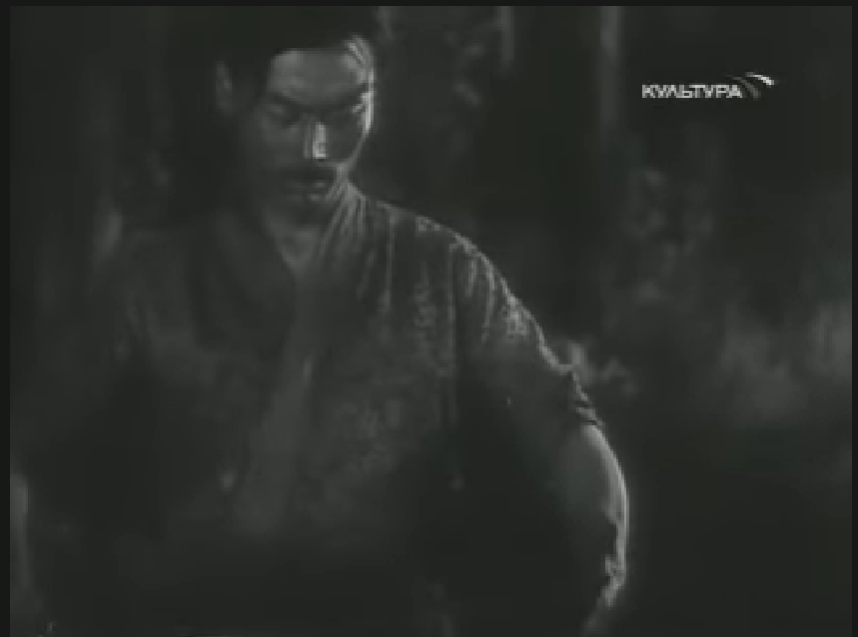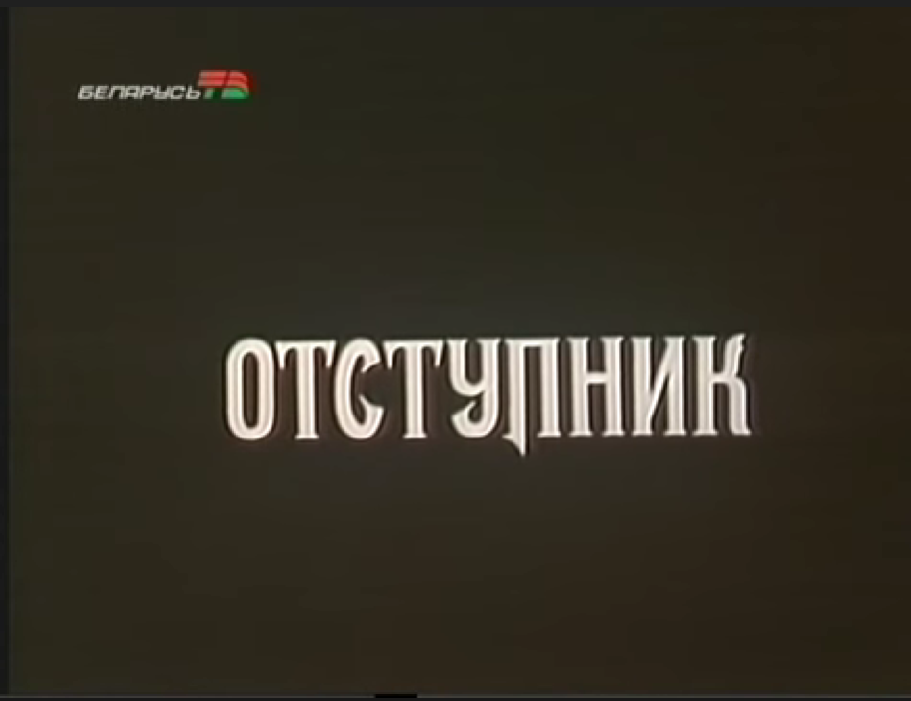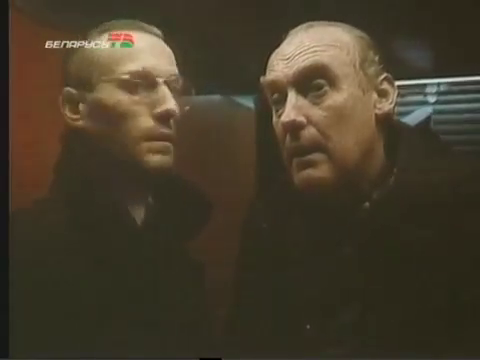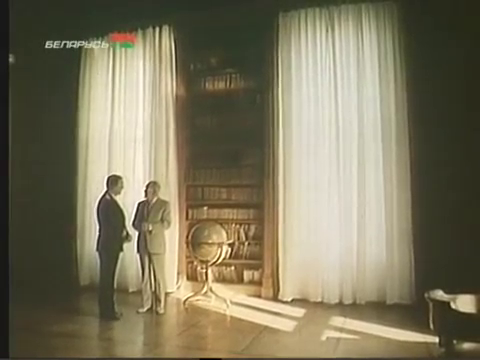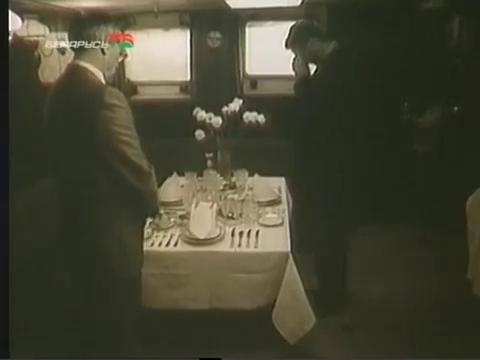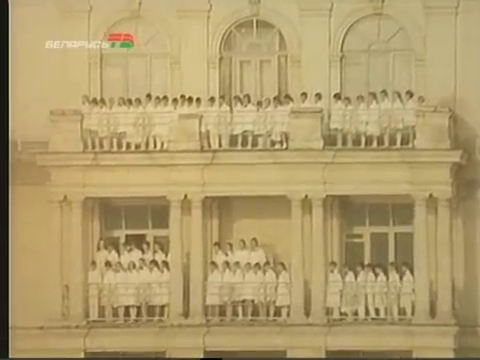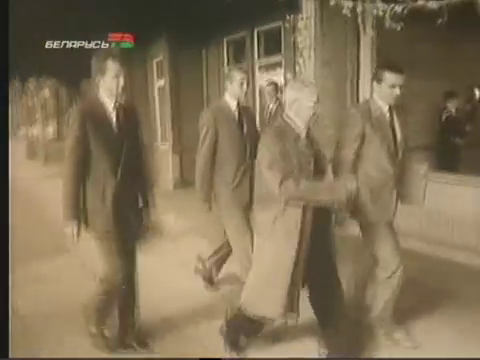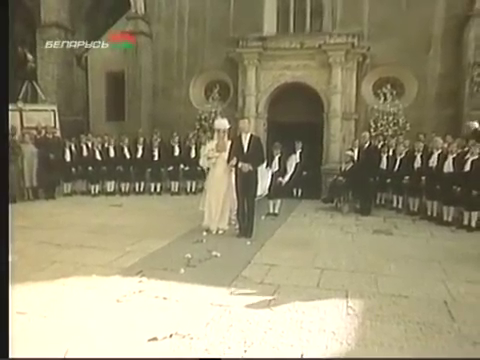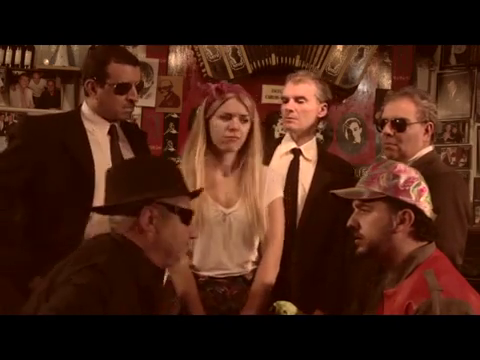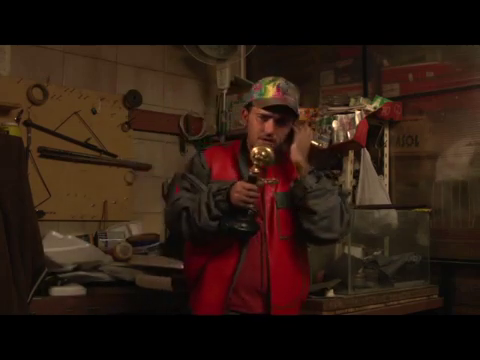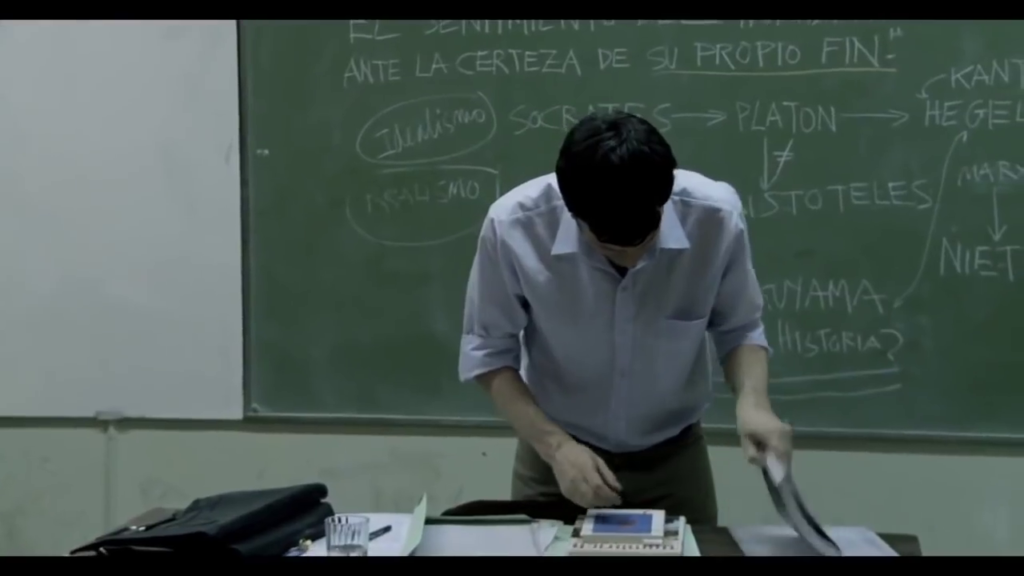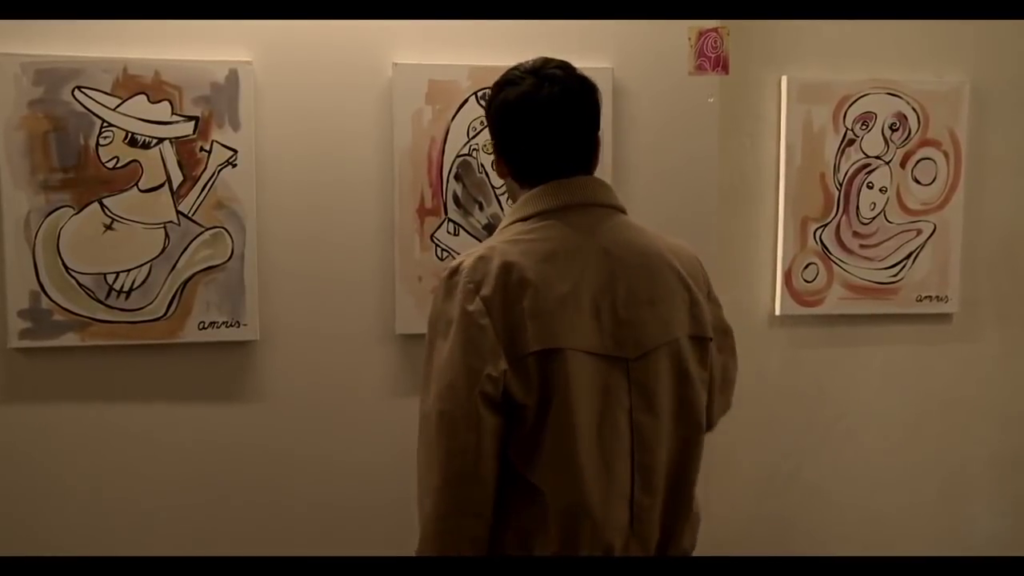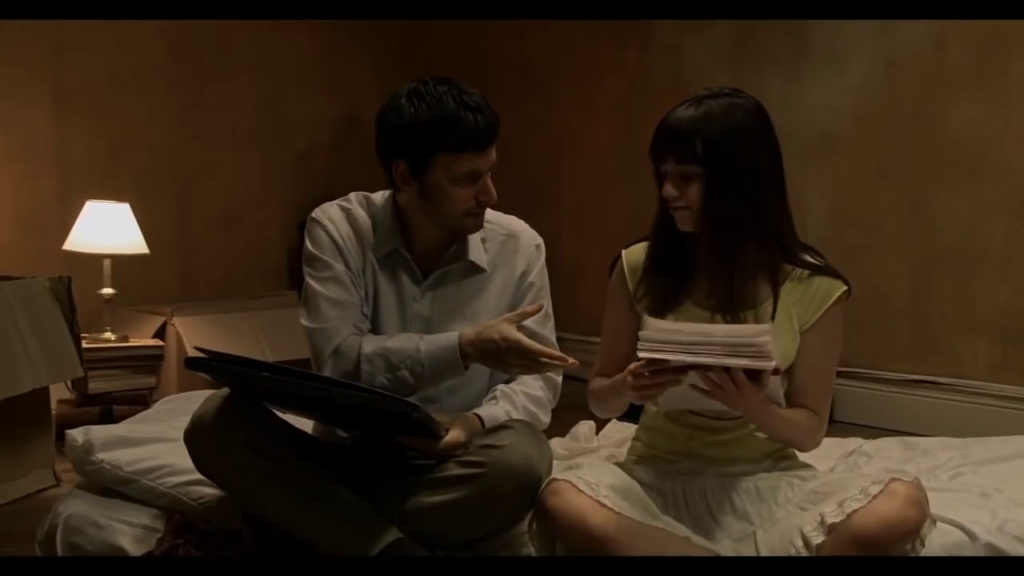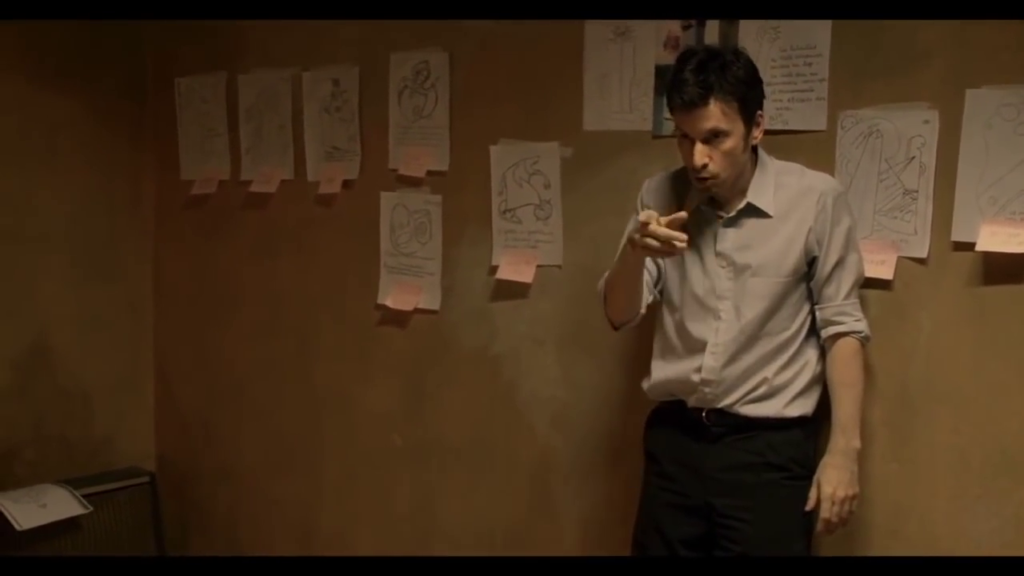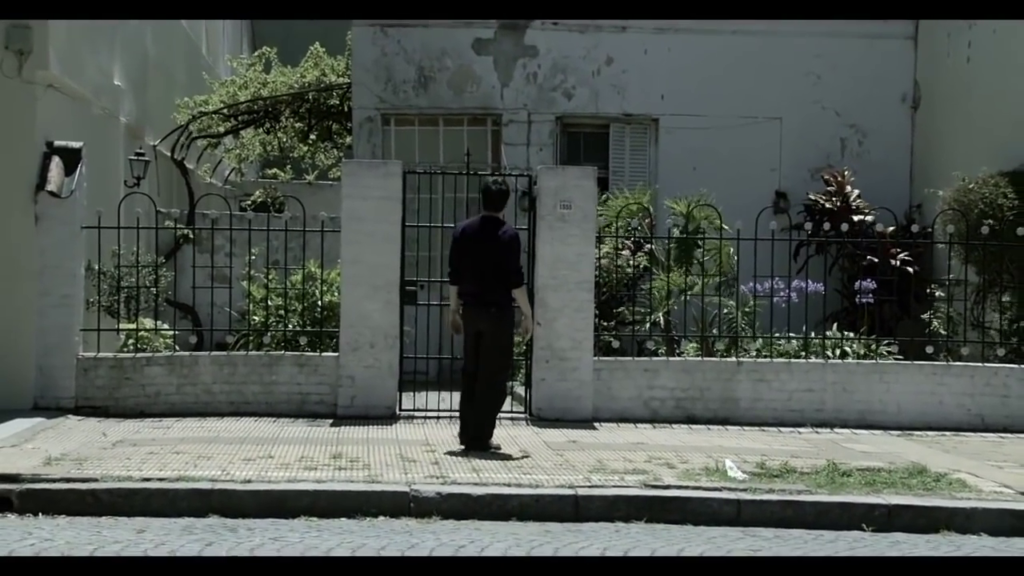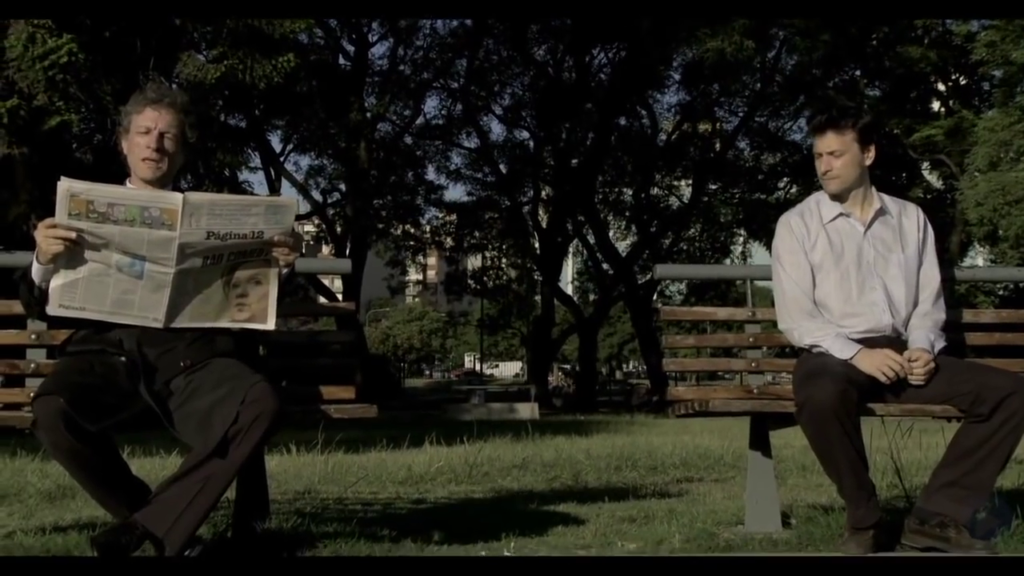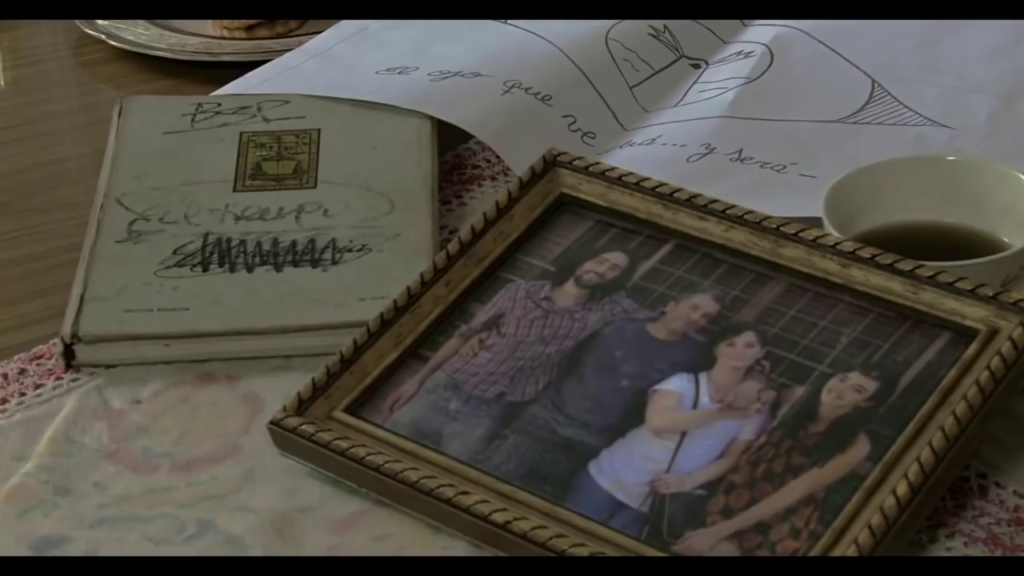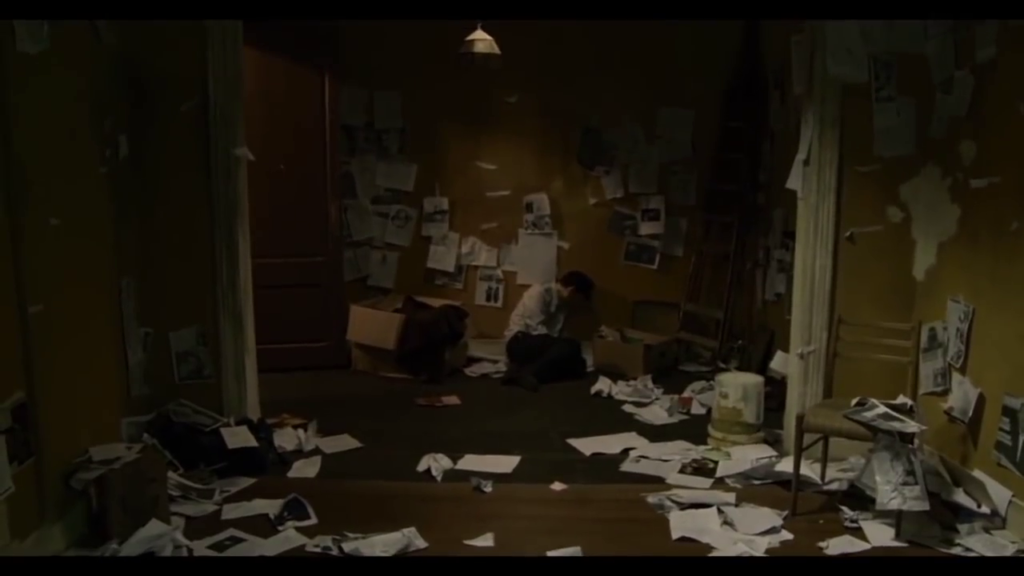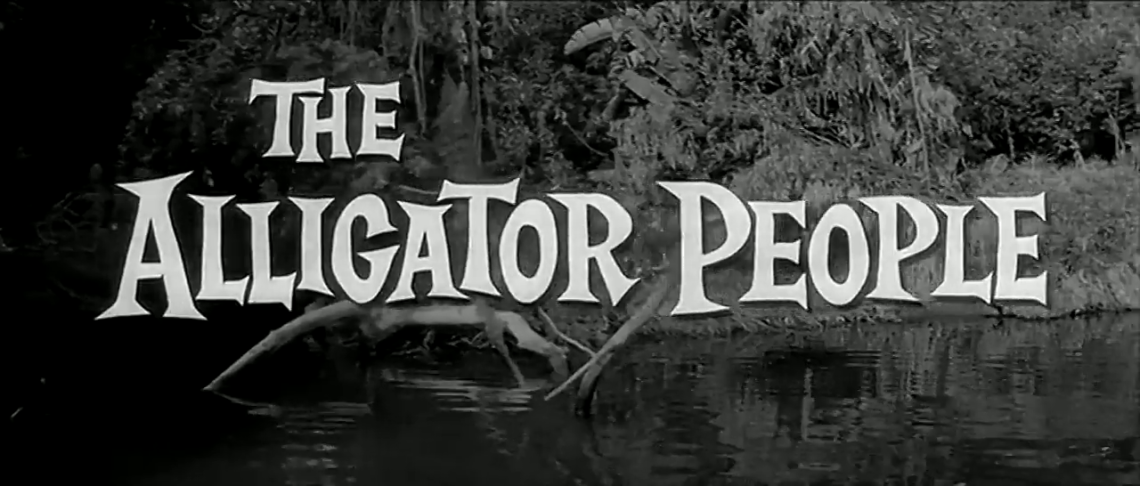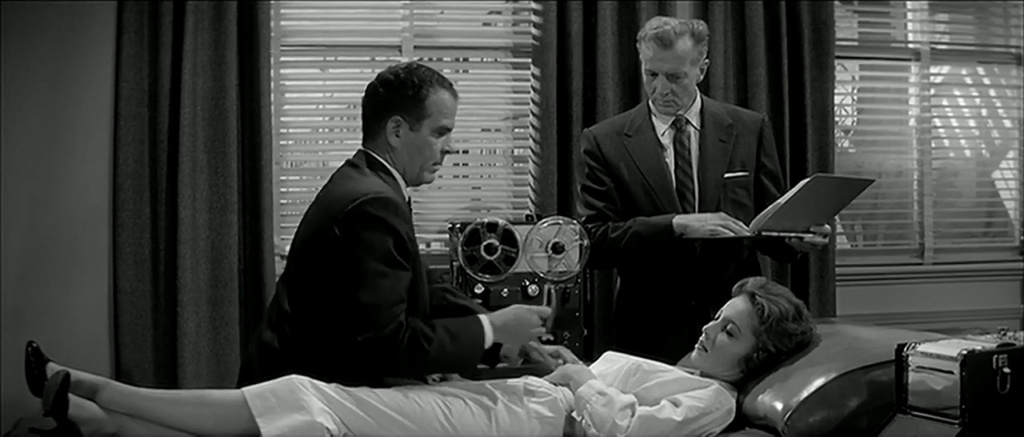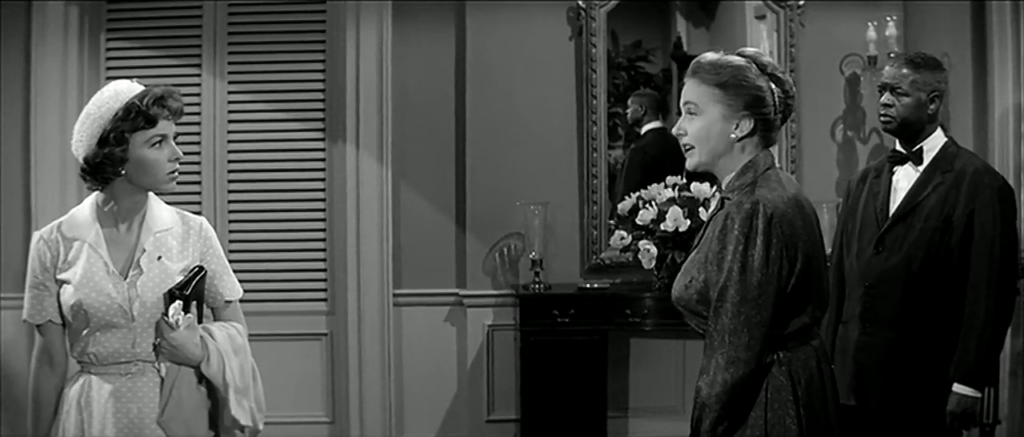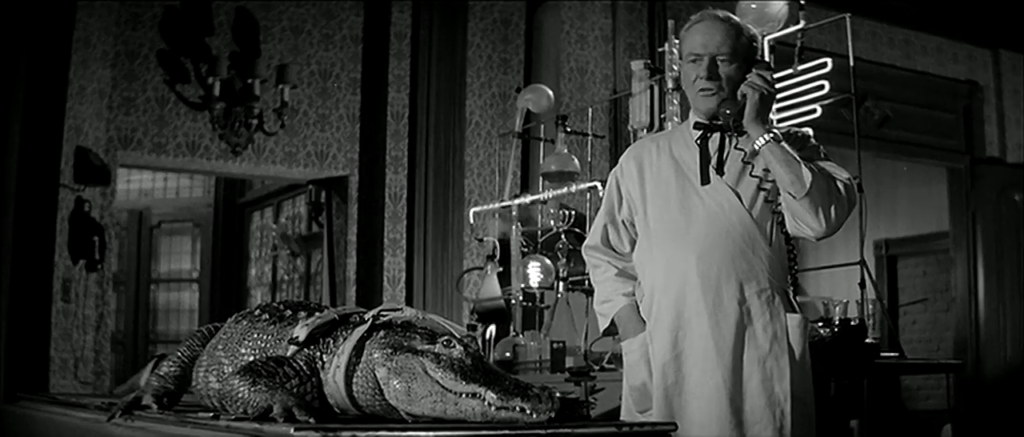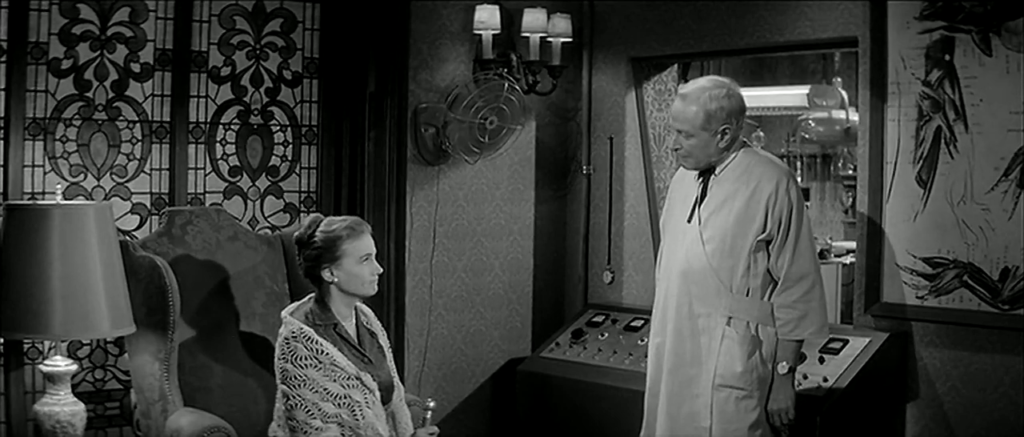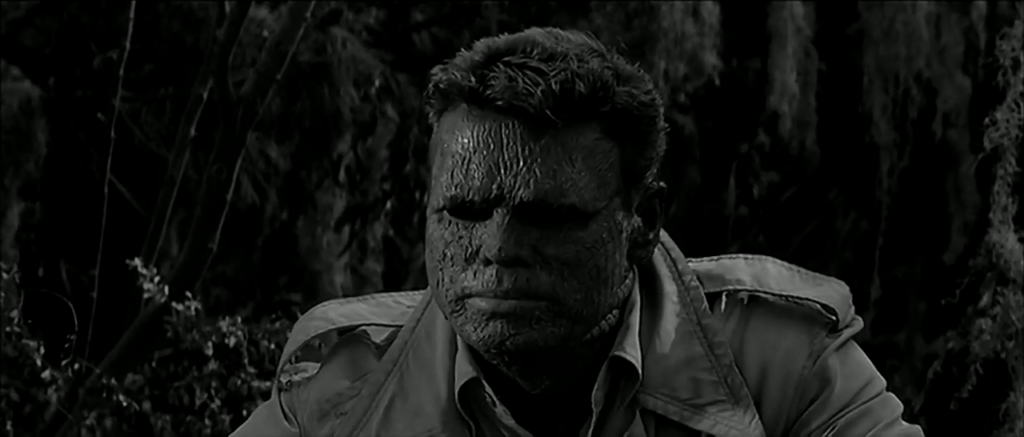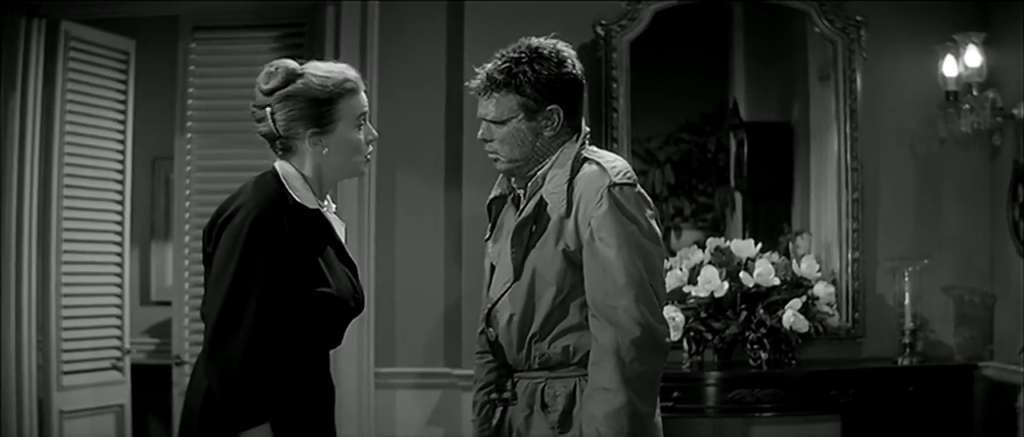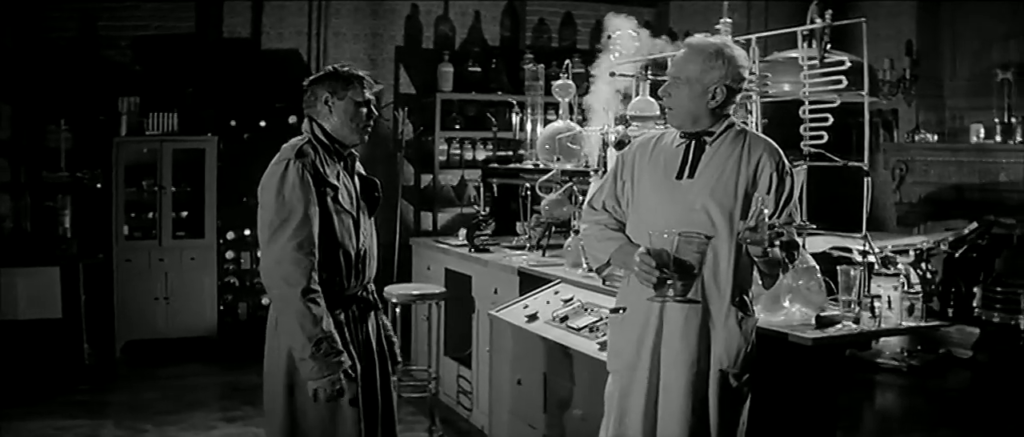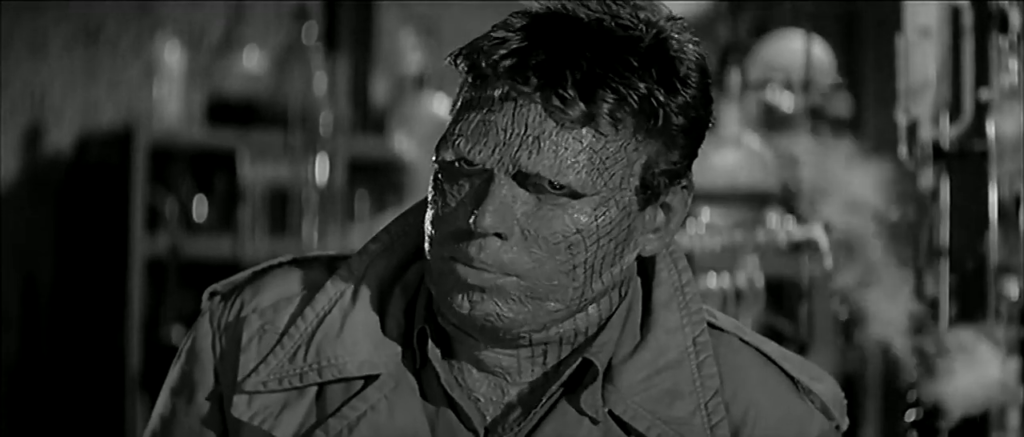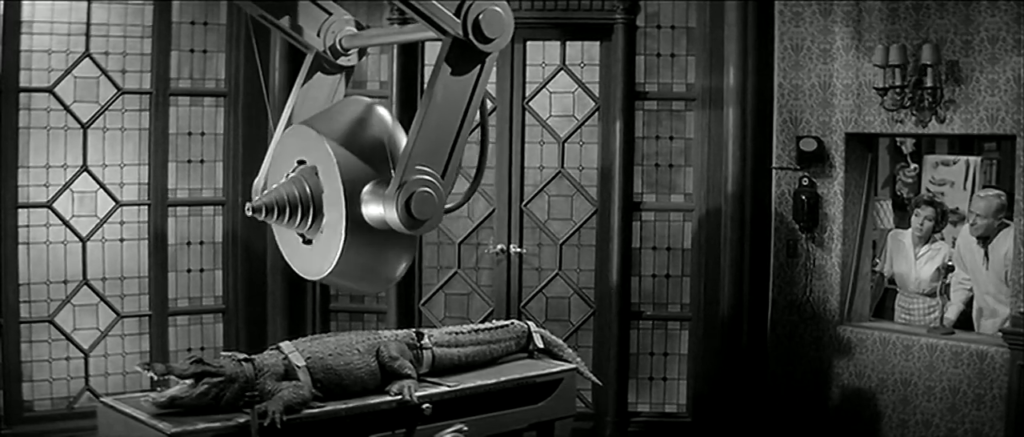-
#500 – Star Wars Episode IV: A New Hope (1977)


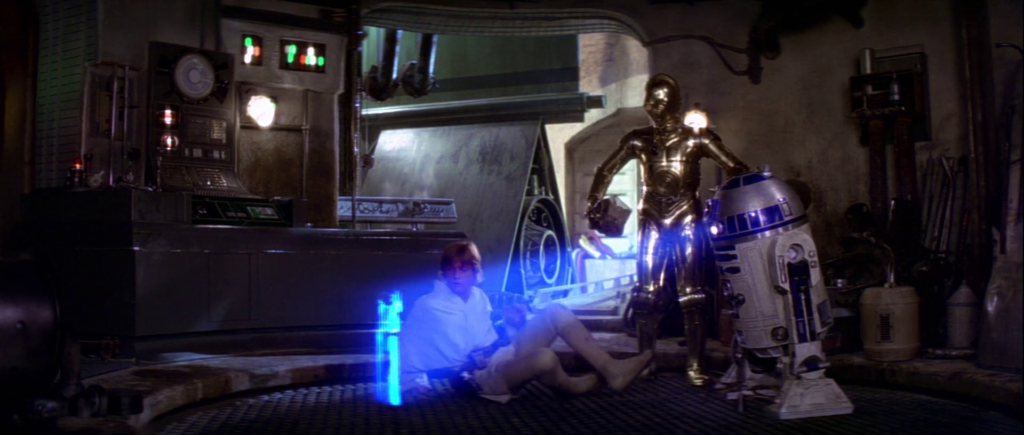

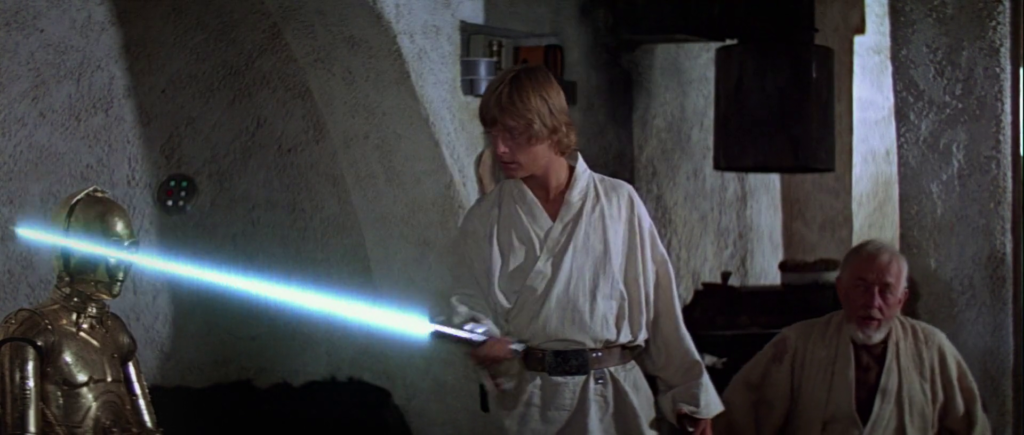




Star Wars Episode IV: A New Hope (1977)
Film review #500
Director: George Lucas
SYNOPSIS: A long time ago, in a galaxy far away…the plans for the evil galactic empire’s new battle station are stolen by the rebel alliance and placed in a droid to escape to the planet Tatooine. Luke Skywalker comes into possession of the droid and discovers a hidden message about the plans. With the droids in tow, Luke sets off to find Obi-Wan Kenobi and learn the ways of the force to bring down the empire, led by the ruthless Darth Vader…
THOUGHTS/ANALYSIS: Happy 500th film review! It’s been a long road to get here, and many hours have been invested into watching the best and worst (mostly the worst) of science-fiction films from all over the world over the last ten years. The plan was always to save this one for the 500th review, because I have famously never watched any Star wars film all the way through, and I have never had any real interest in the franchise, so this is a big milestone for me. So let’s take a look at why the film was so successful, why I was never interested in it, and whether actually watching the film has changed my mind shall we?
Star Wars (subtitled Episode IV: A New Hope after the initial cinema release) is a 1977 science-fiction film directed by George Lucas. It is the first film released in the Star Wars franchise. The film starts off throwing us right in the middle of a story, as outlined in the title crawl: the rebels fighting the evil galactic empire have uncovered the plans for their ultimate weapon: a gigantic space station that can destroy planets. Princess Leia hides the plans in a droid, which is then sent to the planet Tatooine and picked up by a young farm hand named Luke Skywalker. Determined to deliver the message and plans to one Obi-Wan Kenobi, and embark on an adventure to save the galaxy. Originally released as a stand-alone film, Star Wars really throws you right into this “galaxy far away” without much establishing. However, as the film opens up with an entertaining action sequence that shows off the world and its inhabitants better than any exposition could do. The story is pretty much a simple “good vs evil” plot, and I feel like it’s a waste of time trying to find any deep allegories in the world or characters. maybe George Lucas tried to build something more deeper and significant in his constant re-edits (more on that later), but taking the film as a stand-alone feature, it sets its scene around it’s characters fine, but when they talk about the galaxy at large with regards to the senate or whatever, we don’t see or hear much about it, which is a bit disjointing. Personally, I was never too interested in the world-building of Star Wars as this “galaxy far away” was a bit too disconnecting for me as a kid, and especially with their being humans there as well just made no sense. Maybe it’s a small point to get hung up on, but that was the kind of kid I was.
So after the first action scene, we start following the two droids that escape with the plans: C3PO and R2D2. We follow them for…quite a while actually: nearly half an hour of their bickering back and forth before the film moves on. honestly, I think the beginning could have been easily shortened to improve the flow of the film. If the aim was to show the droids and how they fit into the world, then there is certainly some of that in the beginning, but it isn’t really furthered in the latter part of the film. for example, there seems to be a deliberate show of how droids are treated as second-rate beings by humans in the beginning as if droid discrimination is rife in this galaxy, but it is completely forgotten about when the human characters become the centre of the story, and never confronted in the film. Maybe it would have been good for the contribution the droids made in defeating the empire could have been recognised and changed people’s attitudes towards them, but that doesn’t happen. Again, the film is basically a good vs. evil story that introduced a lot of things in passing, but were further explored in subsequent films and other media.
One thing I noticed about the story is a lot of the plot points are strung together by a chain of massive conveniences. The droids are on a ship, which coincidentally has the man they need to find, and are caught and sold to Luke, who just so happens to know Obi-Wan Kenobi, and so on. It’s not really an organic method of storytelling that is quite absurd the more you think about it, and that’s even before you take into account the lore from the prequels and how Obi-Wan should know who C3PO and R2D2 etc.
It is well known that George Lucas was inspired by watching the film serials of the 40s and 50s when he was a child, and that heavily influenced the likes of Star Wars and Indiana Jones. The fairly simplistic nature of the Star Wars “Good vs. evil” story does feel like it could have been the basis of such a serial. The characters too, are reminiscent of that: the characters are all white men, with one woman in the entire cast. Luke is the “blank slate” protagonist that people are to identify and project themselves into as he explores this new world with the viewer. Han Solo is the more typical, action-focused lead, and Leia is the only female character that unsurprisingly needs to be rescued. Darth Vader takes the role of the “masked villain” whose identity was often kept secret until the last chapter of the serial. His appearance is also highly reminiscent of the serial villain “The lightning” from The Fighting Devil Dogs: Who could fire lightning from his hand (A power not shown in this Star Wars film, but is in others), and flies around in a triangular plane that you could say is similar to the “star destroyer” ships seen in Star Wars. It’s difficult to say just how much of an influence these had, given that there would have been no way to re-watch these serials or dig up any information back in 1977 when there was no home releases, but the similarities are way to striking in some regards to be dismissed as coincidence. There is some effort to give some of the characters a more unique personality: Han Solo has a bit of an anti-hero edge that’s not too unique, but his character and performance by Harrison Ford are definitely memorable. Princess Leia too, while still being the sole female character that needs to be rescued from being kidnapped, but her snide remarks, constant backtalking and her eagerness to get stuck in the action with the guys definitely set her apart from the trope she finds herself in. I’m not sure the title of “princess” really helps her character in this respect though, as it isn’t really explained what or where is is supposed to be a princess of. nevertheless, Carrie Fisher’s performance is definitely a stand out from an acting perspective.
There was apparently very little faith in Star Wars being a success, and George Lucas was given a “small” budget of eleven million dollars to work with, which in 1977, while not a big budget, is not nothing. What the film creates is a very unique aesthetic: not the pure, sterile white that is expected from sci-fi (most of the time), but a world covered in grime and dirt, and that feels lived in. The detailed textures on the models of the ships really bring the scenes to life, and it’s pretty impressive how much detail they get on them. there’s definitely a distinct vision in the film’s aesthetic, and for the most part, it is brought to life with no big complaints. The big budget film score by John Williams also provides a lot of memorable acoustic moments.
I should probably mention something about the edits to this film: George Lucas has made many modifications to this film is particular since it was released as a standalone film in 1977. Some of them are cosmetic and actually enhance the world, such as recolouring and adjusting contrast on some of the scenes and models, which I think helps them stand out a lot better. Some of the additions though are pretty pointless, and sometimes harmful to the film. The constant reworking of Han shooting Greedo first is infamously silly and in my opinion just didn’t need to be done. The added CGI characters in some of the establishing shots look really outdated and out of place in the film, and while I get that they are there to make the world more busy, it just ends up being distracting. The added scene with Jabba the Hutt was cut from the original, which I think made sense, as it messes up the reveal of the Millennium Falcon when we see it with Luke for the first time. Out of all the changes, I still don’t get why all the dialogue with Luke being attracted to Leia wasn’t altered or removed, since it’s just weird when we know they are revealed to be siblings in the sequels (spoilers, sorry). I know that they also don’t have any idea about their relation (I don’t think they were supposed to be related when the film was written, but it still seems a bit odd that the whole thing has been left untouched while so much of the rest of the film has been cosmetically altered for no real benefit.
Overall, Star Wars Episode IV: A New Hope is a perfectly serviceable film about good versus evil in a science-fiction setting. It has it’s own unique aesthetic and vision, and adds in enough character development and drama to make it interesting for viewers of all demographics. the influence it had is undeniable: it was a landmark moment in sci-fi that allowed the genre to be taken seriously again, after the low budget, b-movie monster films of the 60’s. However, I do still hold the opinion that part of that was good timing on the film’s release, rather than anything in particular that the film accomplished: it was expected to be a mediocre performer that no one wanted to take a chance on, and I think science-fiction fans were waiting for a film like Star Wars to get into. watching the film properly hasn’t changed my opinion of the franchise, and I’m not suddenly interested in watching the other films or exploring the franchise (although I will get around to viewing the other films eventually), but yes, it is a decent sci-fi film that breathed new life into the genre and was able to fire people’s imaginations, as well as being entertaining. There are plenty of problems with it though, such as the ridiculous reliance on chance encounters for plot convenience, some wobbly acting in parts, and pacing, so all in all, it has done little to sway me, but I see why people would and could enjoy it.
-
#499 – Destination Space (1959)

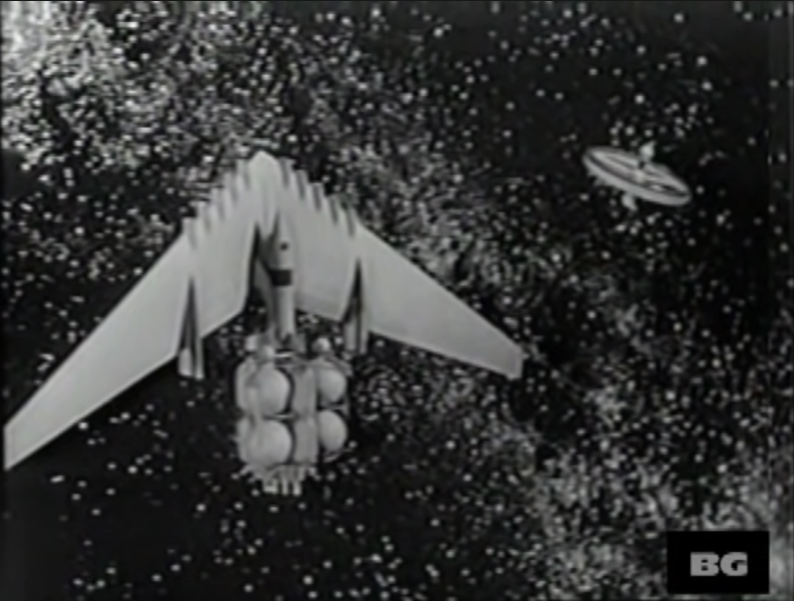
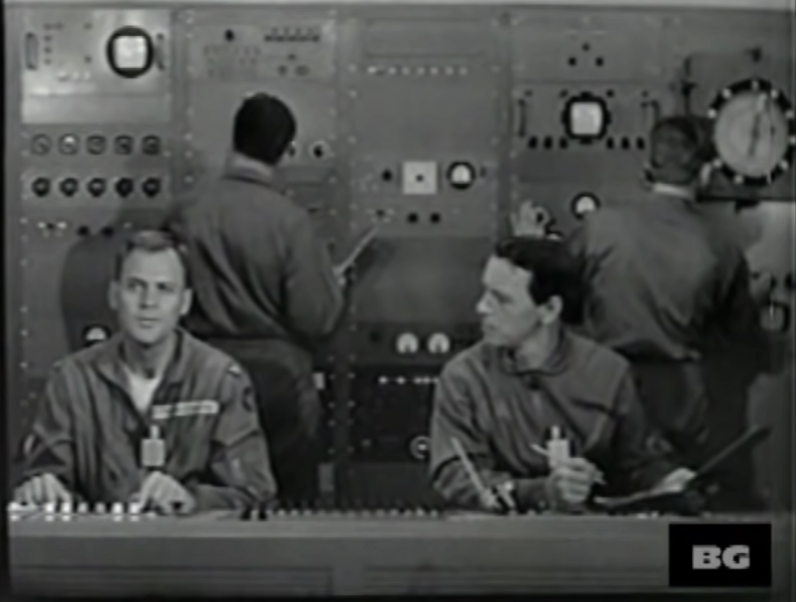
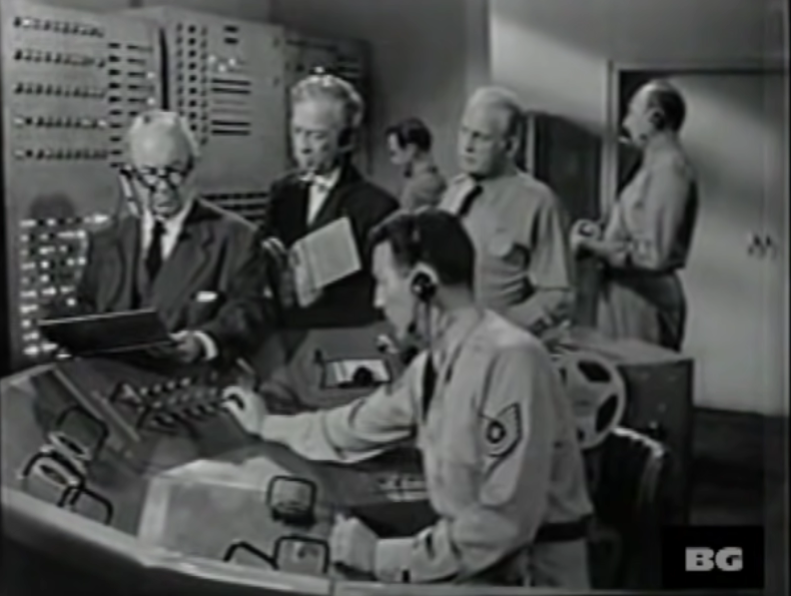
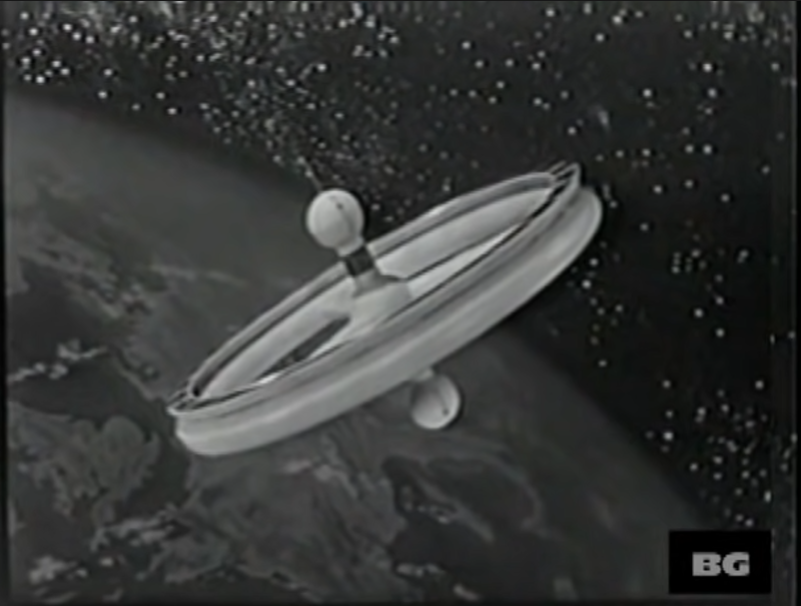
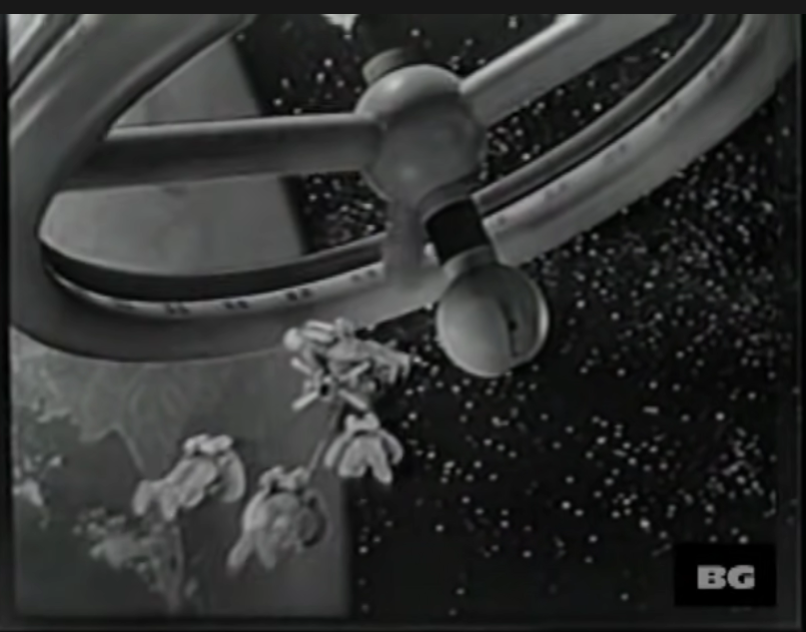
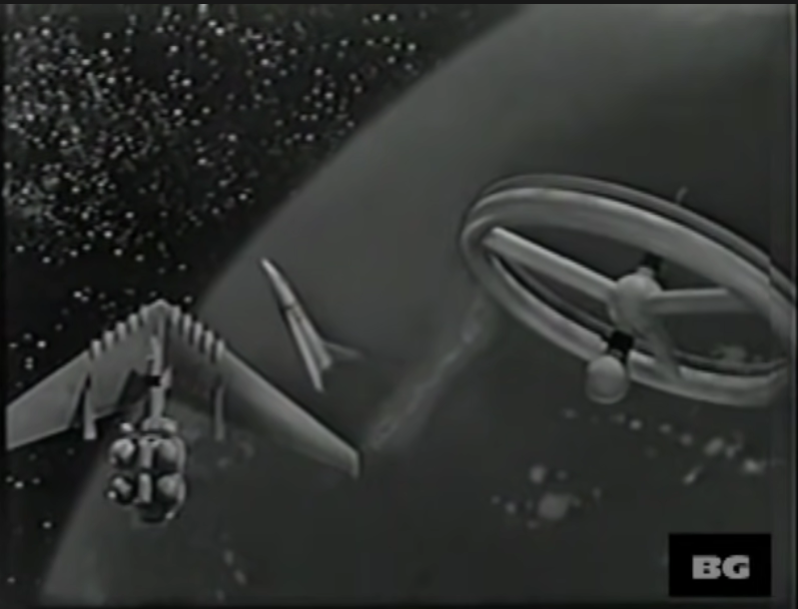
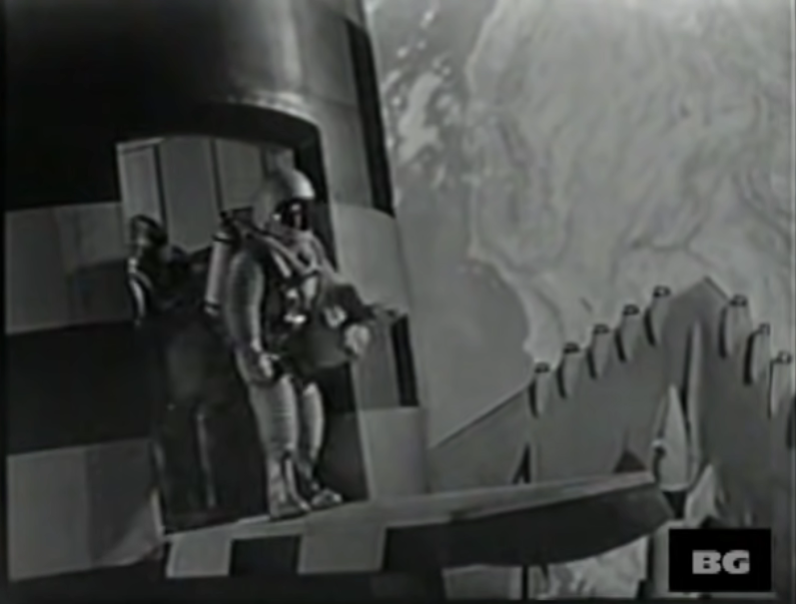


Destination Space (1959)
Film review #499
Director: Joseph Pevney
SYNOPSIS: On board an orbital space station, the launch of a new spaceship is aborted when a meteorite crashes into the station. Jim Benedict, director of the United States space programme and person in charge of the station, appears before a Senate committee hearing, attempting to justify the continued operation of the space station, despite resistance from, in particular, senator Royce…
THOUGHTS/ANALYSIS: Destination Space is a 1959 sci-fi television film that was intended as a pilot for a TV series, but the pilot was never picked up by the networks. The plot concerns the role of Jim Benedict, head of the U.S. space program, and an orbital space station designed to launch spaceships to the moon. After a meteorite strikes the space during a test launch, he faces renewed opposition to his plan, with to being described as a waste of money and too risky. Being a TV pilot, it is only fifty minutes long, and so has to fit a fair amount of content into it: the opening five minutes is decent enough, and provides enough backstory to what’s happening, with a bit of drama and suspense too. However, here is the one big problem with this film/pilot: I don’t know what the purpose of it is. They talk a lot about getting a spaceship to the moon and landing people there, establishing a colony etc. but the film doesn’t get anywhere near doing that, and instead focuses on committee hearings and inter-personal drama that isn’t particularly interesting. I suppose back in 1959 when this film was made the concept of landing people on the moon and space travel would have been more interesting because it had not been accomplished yet. The focus is not on the speculative or science-fiction aspects though, but instead rendering the logistics of space travel into a drama: the film spends more time in a senate committee hearing than it does in space. As a self-contained film it has no real climax or payoff, and no real progress is made on the objectives, which I suppose would have been part of the TV series if this pilot would have been picked up. However, I’m not sure where the TV series would have gone in that respect: would they have gone to the moon eventually? What then? More committee meetings? In making the premise so grounded and “realistic,” there seems very little scope for development and possibilities with the set up. As such, I can see why as a pilot it was not picked up for a full TV series.
The characters are a typical cast that aren’t particularly interesting or memorable. Jim Benedict is the typical male lead, like the type yo9u would see in the B-movies or serials in the 50’s: embodying the all-American ideals of ambition, adventure and such forth. The female characters solely exist as love interests for male characters, notably Jim’s girlfriend June and his buddy Dave’s girlfriend Kim. Kim also randomly confesses her undying love for Jim too, setting up a love triangle which really adds nothing to the story. I suppose there’s an effort to keep the characters grounded in line with the “realism” of the story and drama, but not making the drama between the characters compelling really leaves nothing for the viewer to hook onto.
There’s some ambition in setting the scene for the film/series; the models of the space station and shuttle orbiting earth are compelling enough for the time, though nothing special. The interior sets too are full of detail, which makes it stand out to me against the swathe of b-movies which looks like they were made on a shoestring budget. Overall though, it is easy to see why Destination Space did not get picked up for a TV series: while some of the visuals are interesting, there’s not any real indication of where the series would go other than more boring senate meetings. The decision to focus on drama and the realism behind the ideals of the space race doesn’t really offer anything because the characters are dull and uninteresting, without any unique traits to invest in. As a standalone film, it doesn’t offer the typical plot of a problem, a flowing narrative and climax, and is just really boring. Maybe it would have been of more interest at the time when the space race was more in the national conscious, but it’s got nothing to offer this long after the fact.
-
#498 – The Zohar Secret (2016)
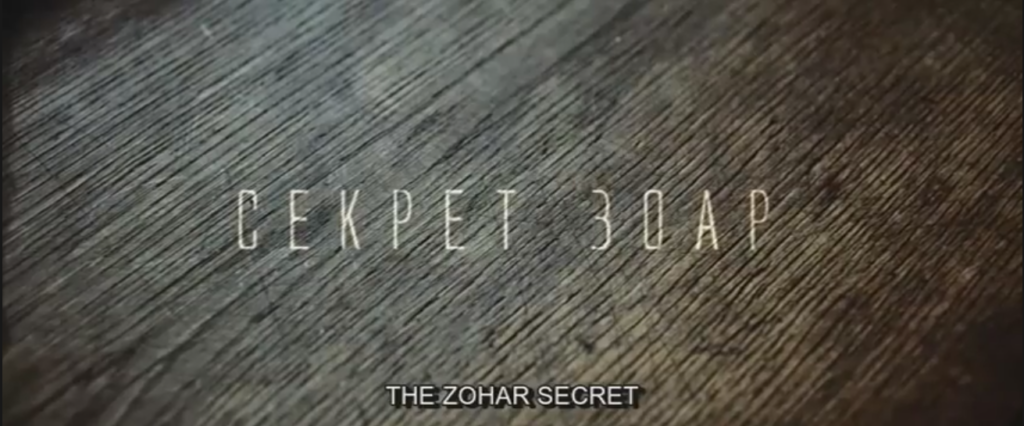
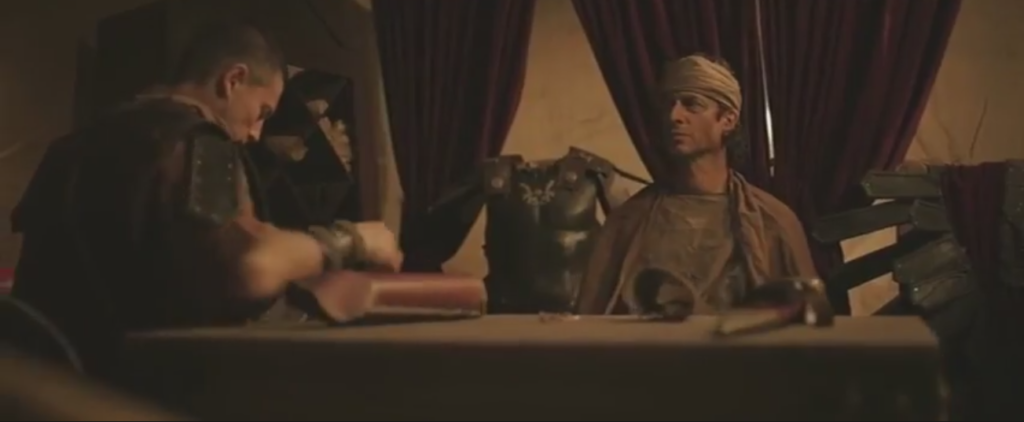
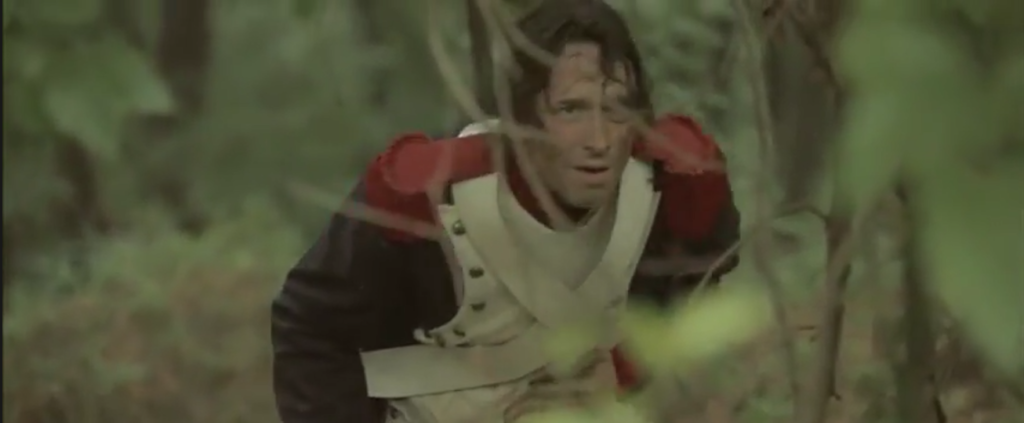
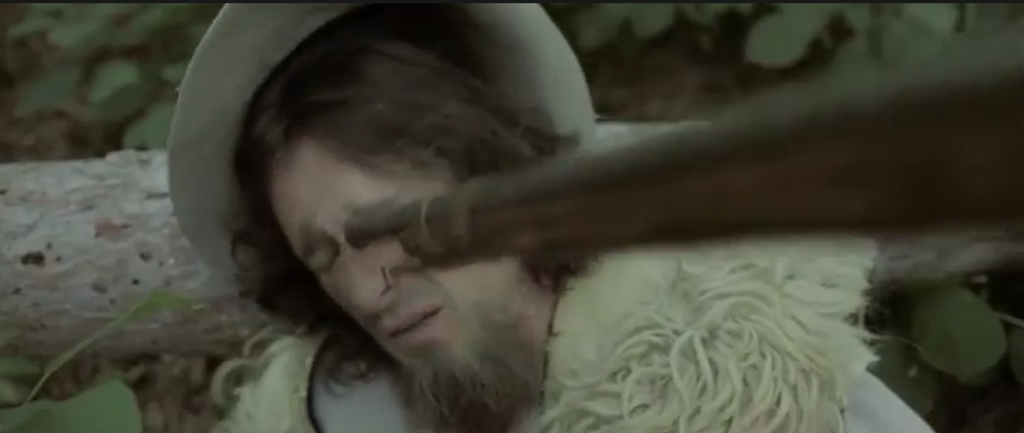

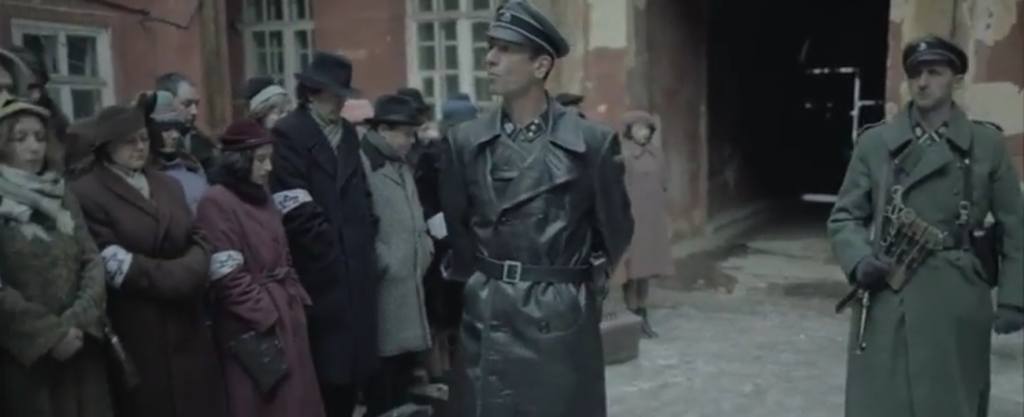
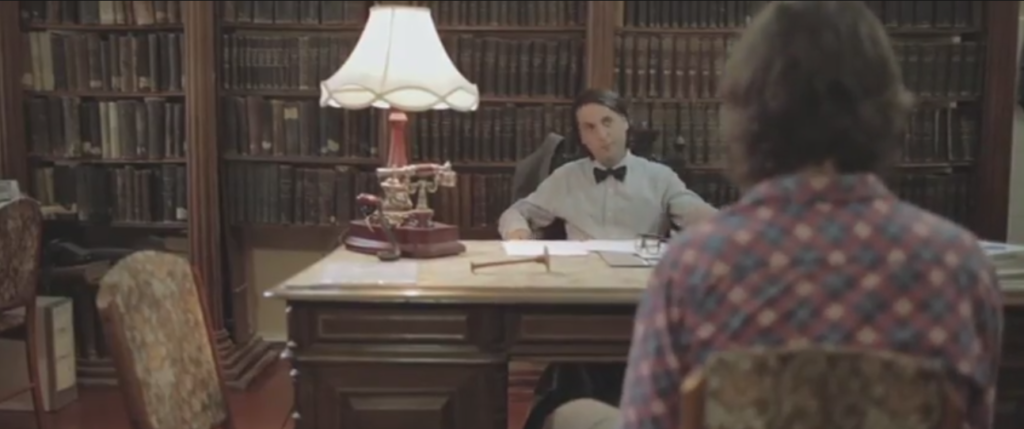
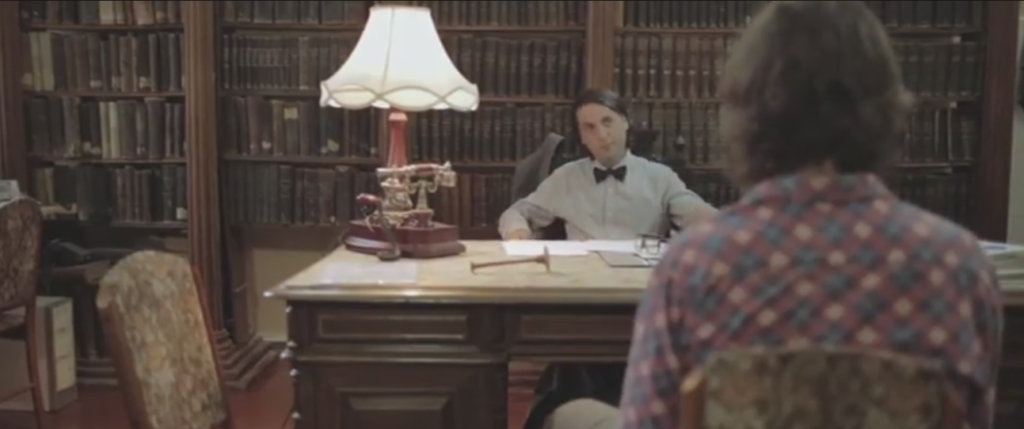
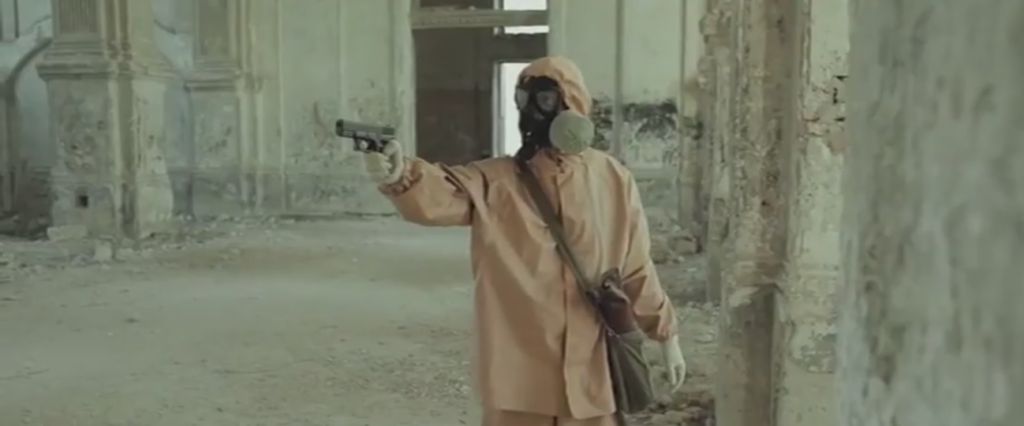
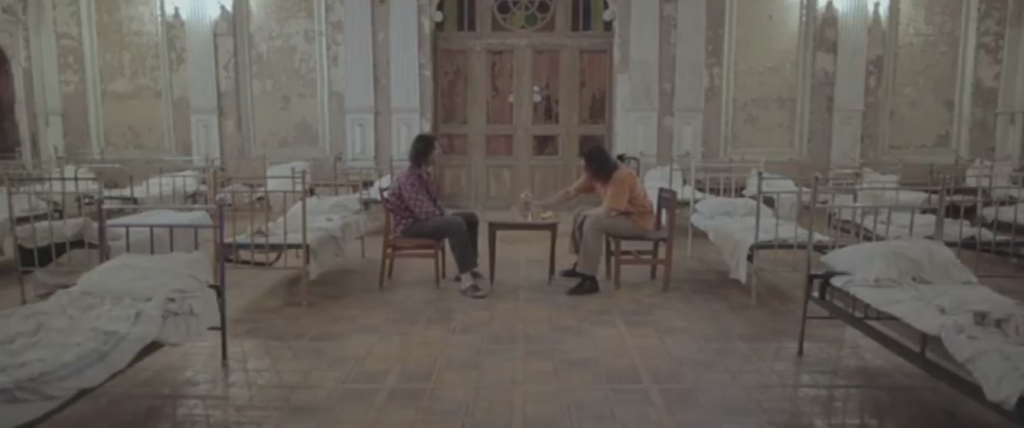
The Zohar Secret (2016)
Film review #498
Director: Vladek Zankovsky
SYNOPSIS: Max finds himself in possession of a scroll that contains the secret to transcend earthly existence and enter the next dimension of being. He is constantly being reborn in different eras of history, but always with the same task: to return the scroll to Jerusalem, where the rest of the scrolls in the collection have been buried.
THOUGHTS/ANALYSIS: The Zohar Secret is a 2016 Ukrainian film. The film centres around Max, who is constantly reborn across history with the constant mission to return a scroll to Jerusalem that supposedly contains the instructions to enter the next dimension of being. The backstory concerns how the scrolls were created by those opposed to the Roman Empire, and the history of humanity took a different turn with them, and so the scrolls were all buried apart from the one that Max now holds. Max is tasked in each of his reincarnations with returning the scroll, aided or frustrated by himself, who is usually on the other side of the historical conflict he finds himself in. The backstory is…intriguing, if a bit all over the place. The premise is interesting, and is set out in the introduction fairly clearly, but it is one of those films where the details and what everything means overall are deliberately left open to interpretation. Despite jumping through many periods of history, the film flows well and is simple enough to follow. The constant changes keep the film interesting too, even if each scenario is more or less the same. That, however, I think is one of the points: that in a lot of the different historical periods, Max is confronted by a version of himself, who is on the other side of history. This gives the impression that the constant struggles of history are endlessly repeating the same scenario of one side versus another ultimately ends up nowhere, and humanity never progresses. I think this message is gone through pretty well, and the different historical periods are rendered pretty nicely. There is often a comedic undertone to some of the scenes that amplifies this too, which again reinforces the idea that these conflicts are meaningless. Although I’m not sure whether this is actually intentional, because I’m not sure what the intention for the film actually is.
The overall tone of The Zohar Secret is very mixed and a little bit of everything: sometimes it feels like a philosophical film about mankind’s existence that is meant to be ambiguous about it’s objective. Sometimes the serious scenes are punctuated with some comedy, which trivialises the philosophical themes, but as mentioned above might be a part of showing the pointless of human conflict. Sometimes the comedy and the seriousness are pressed right against each other, most notably in the scene where Max is an SS officer in World War II, and his counterpart is a Jew. There’s a somewhat dark comedy in the whole set-up, but I’m just not sure what is meant to accomplish.
The film is very cleanly split into two parts: the first part is all of the aforementioned travelling through history mentioned above; the second part comes in at almost exactly halfway through as Max is reborn again, this time in a psychiatric hospital, where it turns out everything that had previously happened was a figment of his imagination, and he had admitted himself there to try and get better. This part of the film has the objective of undoing everything we learned in the first half of the film, and Max (along with the viewer) are attempted to be persuaded that everything that happened was a delusion. The characters in the hospital are all people Max met throughout his historical adventures, and everything is rationalised in the next hour of the film’s runtime, so you can reasonably be of the conclusion that it was all a figment of Max’s imagination. This part of the film isn’t as interesting as the first part though, and although everything is rationalised, it’s just not as appealing as the motivations given in the first half. Again, maybe that is intentional, to suggest that there is more to existence that what can be justified or rationally explained, but if that is the case, a more subtle approach might have been better. The setting of the hospital lends itself to more comedy, and the characters become more slapstick, and flashbacks add a spin on earlier scenes that interprets them as comedic farces, rather than historical battles. The final part of the film suddenly throws up the fact that the whole thing wasn’t just a figment of Max’s imagination, and because he chooses ultimately to hang on to the actual delusion of having a wife and child, he is sent back in time to do the whole thing again, presumably ad infinitum until he makes the right choice. If the film’s objective was to leave the ending ambiguous about what is real, it does not do that, because Max being sent back in time shows that the whole ordeal is real, and we are given no more insight into what this next dimension of being could be.
Overall, The Zohar Secret is a bit of a mess, but it still manages to be entertaining for the most part. I think the film wants to be a deep, philosophical film like 2001 about the nature of human existence, but it throws in a lot of drama and comedy that muddles the point rather than maintains it’s needed ambiguity. It hurts itself too in over-rationalising what it delivers, which probably could have worked if it wasn’t so heavy-handed. The parts I thought were interesting, such as the rendering human conflict as an endless repetition of the same ideas, I’m not sure were actually intentional or not. The clear-cut division of the film into two halves again undermines the film’s needed ambiguity. So yes, it’s mildly interesting and entertaining, but as what the film is aiming to be, I have no clue.
-
#497 – Wahan Ke Log (1967)



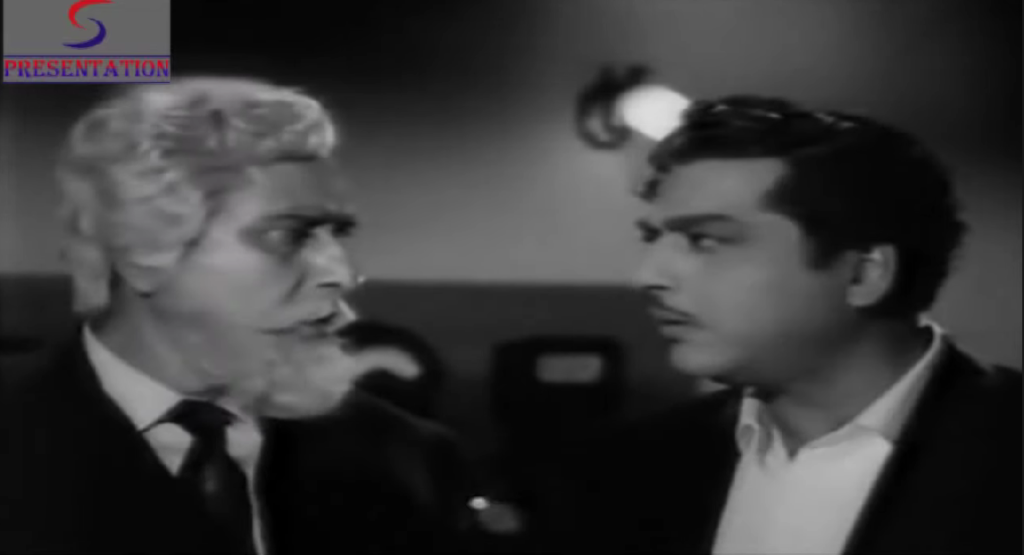






Wahan Ke Log (1967)
Film review #497
Director: Nisar Ahmad Ansari
SYNOPSIS: Martians are contacting and blackmailing various wealthy people to hand over their diamonds. Agent Rakesh is assigned to investigate these Martians and put a stop to them.
THOUGHTS/ANALYSIS: Wahan Ke Log is a 1967 Indian sci-fi film. The film revolves around a case concerning Martians contacting various wealthy individuals to blackmail them into handing over their diamonds, in preparation of an invasion of Earth. When the head of the central intelligence services is killed by these Martians, agent Rakesh is assigned to the case along with Neelkanth, a private detective, and they travel to Bombay to commence their investigation. This film is an interesting mix of things: it has the fundamentals of a typical Bollywood film with the romance, drama and musical and dance interludes, but also intermixed with a plot reminiscent of the James Bond 007 parodies and imitations that emerged (predominantly in Europe) around the time. The sci-fi element concerning the aliens and spaceships has the feeling of a Hollywood b-movie too, so combining all of these different genres gives the film a bit of a unique feel. With all these different things going on though, the film feels a bit disjointed as it moves between the different aspects of the story, and there can be large gaps between certain elements don’t factor in. The central story is fairly robust though, and has some twists and turns that drive the plot and characters forward. The mystery surrounding the aliens is likewise one that maintains viewer interest, but is neglected over parts of the film.
The tone of the film moves between a more traditional Bollywood drama/romance and more of a comedy. As mentioned, it reminds me of the 007 parodies and imitations that came out in the late 1960s. Rakesh himself embodies both the romantic male lead, and also a comedic fool. However, Neelkanth usually takes up the comedic role as the jester-like sidekick for himself, leaving Rakesh to deal with situations like living with his overbearing Mum pressuring him to get married and such. Anita as the love interest is fairly passive and has a very traditional role as such. The villain Anil Chakravarty is a gangster who has kidnapped the scientists of the world to construct machines to prepare for the Martian invasion of Earth, and he is definitely presented as a typical Bond villain who has his own mystery about him.
The film has many of the lavish Bollywood song and dance numbers you would expect. I’m not an expert on Bollywood music and films, so I can’t really compare them to others, but they do the job. The sci-fi elements such as the aliens, UFO’s, and sets are all very reminiscent of the b-movie productions I have mentioned, and in that context, they are fairly well done. The UFO’s are decently detailed, and the sci-fi sets have plenty going on in them, so they are interesting enough for the purposes of the film. Overall, Wahan Ke Log is an interesting mix of genres with a capable story, but it’s really nothing more than a novel bit of history at this point.
-
#496 – Captain Nemo (1975)
Captain Nemo (1975)
Film review #496
Director: Vasili Levin
Just when you think you’ve reviewed every adaptation of 20,000 Leagues Under the Sea…
SYNOPSIS: Following sightings of a mysterious giant creature in the oceans targeting various ships, Professor Pierre Arronax takes a voyage on the Blue Star liner to hopefully encounter and figure out the nature of this supposed beast. However, when the ship encounters it, an attack knocks the Professor, his servant Conseil, and harpooner Ned Land overboard. They awake and find that the sea monster is not a monster at all, but a submarine called the Nautilus, within which they are now captive under the supervision of Captain Nemo…
THOUGHTS/ANALYSIS: Captain Nemo is a 1975 three-part TV movie, and an adaptation of Jules Verne’s 20,000 Leagues Under the Sea. The plot of the film follows the original novel fairly closely, with Professor Arronax, his manservant Conseil, and harpooner Ned Land being swept overboard from the ship they are on to find themselves rescued by Captain Nemo and his submarine the Nautilus. Thus starts a series of adventures as the captives explore with Nemo the oceans of the world and it’s inhabitants. With a runtime of nearly three and a half hours, the film takes its time in establishing the setting and characters, and bringing the novel to life. It does omit some of the more fantastical (exploring Atlantis etc.) parts of the story and instead keeps it grounded, which a lot of the adaptations do admittedly, so that’s nothing special. With such a long runtime, the film does feel a bit too grounded, and there’s a lack of variety as the captives are confined to the Nautilus apart from the odd excursion under the sea. As such, the adventure aspect falls a little flat. The film does go into a bit more detail regarding Nemo’s past and the suffering of his family and people by colonial forces. The original novel kept things fairly ambiguous regarding the nationality of the forces, but the film here identifies them as British; which would have been accurate, since Nemo is meant to have been a prince in India, and it was British forces which occupied it. The film also casts a similarly critical eye on the Spanish conquest of the Incans. I suppose since the film was made in the Soviet Union they were more inclined to explicitly show the cruelty of Western colonialism and name the specific nations involved.
The characters from the novel are all faithfully represented, and the movie doesn’t really change their personalities, and neither does it need to: Arronax is the astute, analytical scholar, his manservant Conseil serves as a bit of comic relief (although it is much more muted and slight compared to other versions which make it more explicit), and Ned Land is the brawly, short-tempered type who directly contrasts with the rational Arronax and the stoic Nemo. The characters are portrayed very well with regards to their strengths, but they do again feel a little too grounded and as such never evolve past their starting points. Like the novel, and many of Jules Verne’s stories, there’s a noticed lack of any female characters; the only one being Arronax’s wife, who we see sparingly as she receives news about the fate of her missing husband.
The settings of the film are nicely varied: the flashbacks set in India and France feel authentic and lively. The Nautilus sets are very detailed and full of activity, although you see so much of them you might think you’re being held captive on the Nautilus too. The diving suits used for the ocean walk scenes look suspiciously like space suits, which makes me think they’re leftover props from a sci-fi film (probably one I’ve reviewed at some point). The underwater footage is a combination of stock footage and an indoor pool dressed as the ocean, which still looks pretty decent.
Overall, Captain Nemo is a fairly decent adaptation of the popular novel, and although it offers an accurate representation of the characters and settings, it lacks a spirit of adventure and the more fantastical elements that are a crucial part of the stories success. There’s obviously plenty of effort and care that has been put in to making this version, and it’s fairly solid. If you want a more streamlined cinematic experience though, you might be better off with another version (there’s plenty of them).
-
#495 – Aerograd (1935)
Aerograd (1935)
Film review #495
Director: Aleksandr Dovzhenko
SYNOPSIS: In eastern Siberia, a remote village is under threat from Japanese invasion, as well as the Soviet army planning to build Aerograd, a city of the future in the area. Stepan Glushak, a resident of the village and renowned soldier, must embark on a mission to protect his village.
THOUGHTS/ANALYSIS: Aerograd (Also called Frontier) is a 1935 soviet film. The film centres around a remote village in Eastern Siberia, which is caught in between Japanese invaders, and the building of a new modern town called Aerograd under construction by the soviet army. Stepan Glushak, who was born in the village, returns to tell them of the new town, but is met with resistance by the superstitious locals, who fear change. The plot of the film is pretty threadbare: as with most soviet films from the time, this is nearly all just propaganda. There are numerous, extended speeches glorifying the red army, and songs singing its praises to the footage of fleet of soviet aircraft. Stepan tries to convince the residents of the village not to fear the soviet union, but they are sceptical, God-fearing people who fear change. It’s a simple premise, but one you can easily understand, and offers a solid base to sing the praises of the red army as they take out the invading Japanese forces.
The characters are fairly one-dimensional and uninspiring: Stepan embodies the soviet cause, and is the stoic, burly and heroic male lead. The residents of the village by contrast are portrayed as superstitious, irrational and old-fashioned in their fear of the red army. The Japanese, likewise, are overly-emotional and overacting to make them seen as different as possible. The Japanese soldiers are referred to as “Samurai,” even though they don’t have the traditional samurai armour or attire. I wonder if that’s a misconception that all Japanese soldiers are samurai that was held back then, but I can’t be sure. Either way, the purpose of the film definitely is not to accurately represent Japanese culture.
The cinematography of the film is perhaps it’s strongest point. There’s lots of expansive shots of the Siberian wilderness: a place that very few people would have seen on film or in person at that time. The cuts between cameras within scenes is also smooth and well done, particularly considering the scenes shot outdoors, and done when most scenes only consisted of a single camera. The footage also of fleet of airplanes, including being film from the planes themselves, is also quite well done. It’s difficult with these sorts of films to get to any kind of message the film has underneath all of it’s state-mandatory propaganda, and Aerograd is no exception. There’s some opinion that there’s some anti-Soviet sentiments that are hidden underneath the surface, but again, it is very difficult to make out. You could argue that the whole situation of Stepan abandoning his village for the glory of the Soviet Union paints him as a villain, and that certain moments of hesitancy regarding him killing his childhood friend open up a space within which things can be questioned by the viewer, but it is all very slight, and nothing concrete (but that would be by design, as any more obvious anti-Soviet sentiment would not have made it to film). It’s perhaps pretty easy to dismiss any Soviet Cinema as being simply propaganda, but there’s still plenty of decent films from the era that have a decent story etc., but I don’t think Aerograd is one of them.
-
#494 – The Apostate (1987)
The Apostate (1987)
Film review #494
Director: Valeri Rubinchik
SYNOPSIS: Miller, a physics professor, manages to create a device that can clone human beings. When the government learn of it, they want Miller to turn over the machine for their own uses. Miller also gets caught up in a conflict with his own clone, as the two lead similar, yet different lives, and come to different conclusions about what to do with their similar, yet different lives…
THOUGHTS/ANALYSIS: The Apostate is a 1987 science-fiction film based on the novel Five Presidents by Pavel Bagryak. The film opens up with Professor Miller, a physics professor at a university, visiting the President of a certain country: Miller has invented a method of cloning humans, and the government wants him to turn it over to them so they can use it for probably military purposes and such. The film revolves around Miller, as people try and get to him and his secrets, and also his clones, who lead the same, but different lives. The aim of the film is to explore the implications of cloning technology, and all the ethical conundrums that emerge from it. It’s all mostly stuff you’d expect to be explored, but it does it with a fair amount of depth and explanation. The structure of the film is a bit odd: almost self-contained scenes are separated by long interludes of imagery and music. As such, the flow of the story is rather disjointed and doesn’t really tie into a flowing narrative, which is odd seeing as it is based on a novel. The different scenes thus serve as dialogues about the various implications of cloning and the possibilities that come with it. As such, it becomes quite easy to get lost with regards to what is happening.
The aspect of the film which holds it together more than any other is the interactions between Miller and his clone: they both have the same memories, but their lives begin to diverge as they get involved with different people and such. Miller and his clone(s) are portrayed by the same actor, so the scenes involving them are carefully shot so that only one of them is completely visible at any one time. The fact that the two diverge in appearance (hair styles, glasses etc.) as the film goes on is also a nice touch that emphasises that divergence in their lives, and that while they may be identical, they are also now different. The rest of the cast doesn’t really stand out in any significant way, but I guess they don’t really need to. All of Miller’s clones moving about and some of them getting killed really does make the film even more confusing, but again the overarching plot doesn’t really seem to be the focus of the film.
With a runtime of nearly two and a half hours, the film takes it’s time in exploring it’s subject matter. The interluding scenes that bridge the dialogue scenes focus on vast landscape views, and often violent weather and associated destruction accompanied to classical music; which stirs up the feeling of nature responding to the cloning being itself a rebelling of nature, which is cool, but I’m not sure that’s the aim, and if it is it could have been done much more explicitly to good effect. As mentioned, the scenes where Miller and his clone are present are carefully shot so that the same actor can play both parts, and this is pretty well pulled off, and doesn’t feel forced. The rest of the cinematography too is pretty solid, from scenes that pan across large settings, to transitions between different parts of buildings, the camera work is fluid and competent. Overall, I don’t think The Apostate offers anything new to the discussion and implications of cloning, but it approaches the subject with clarity, while also plunging it’s depths too. The disjointed story does not lend itself to the traditional cinematic structure, and it’s very easy to get lost in the film’s wanderings. It’s probably not got anything unique enough to be worth a watch, unless you’re big into soviet cinema, and how it might take on the idea of cloning.
-
#493 – Back to the Siam (2013)
Back to the Siam (2013)
Film review #493
Director: Gonzalo Rodan
SYNOPSIS: Marty visits his friend Doc Brown and finds that he has invented a time machine…made from a fridge. A bunch of men in suits appear and try to catch Marty and the Doc, leading to Marty accidentally being transported back in time to the year 1986. There, he has to find Doc Brown again to help him fix the time machine to get back home…
THOUGHTS/ANALYSIS: Back to the Siam is a 2013 science-fiction film, based on…well, you can probably guess. The film centres around Marty Fox, who visits his pal Doc Brown to find he has completed work on a time machine that he has constructed himself out of a fridge. However, some men in suits come to put a stop to the Doc’s experiments, and Marty is accidentally sent back in time to 1986, damaging the time machine in the process. Marty goes to the Doc Brown in 1986 to get help in fixing the time machine and sending him home. The film is essentially made as an Argentinian Back to the Future, so while the essential plot is more or less the same, a lot of the settings, people, and scenarios are replaced by things which are more common to Argentina. For example, instead of the lightning storm which takes Marty back to the future in BttF, here it is the electricity generated when footballer Maradona scores a goal at the 1986 world cup. This is obviously a low-budget, somewhat satire of the films, so you can’t penalise it for accuracy, but the changes it has made to the film mostly fit the story well, and give the story a bit of a twist. Obviously it is based on the foundations of an already well written film in BttF, so I don’t want to give Back to the Siam too much credit for that. I could not find any English subtitles for this film, but I don’t think it really matters if you know Back to the Future like nearly everyone does, but does mean I can’t really comment on the jokes or humour. The physical humour is mostly entertaining though.
The biggest change from Back to the Future is that the “past” in this film is 1986, which is about the same time that the “present” was in BttF (1985, to be exact). This could have been a pretty interesting thing for the film to play with, but as mentioned, it’s aim is to make an Argentinian take on the original, rather than try anything too new. The main characters too are basically the same, just tweaked to reflect their locale. The character of Biff Tannen doesn’t have a counterpart in this film though, and instead the antagonists are just men in suits. The main focus of the story is the first Back to the Future film, but there’s some nods to the second and third film, so it definitely feels like a take on the franchise as a whole, which is nice, and means that the film won’t set up a sequel it will never get.
This should not come as a surprise, but this film is completely unlicensed, and has no permission to use any of the names, characters, or anything. It reminds me of the films of the 60s and 70s that would simply make films based on entire franchises without permission, typically in countries where they would not be found out and sued into oblivion. Back to the Siam doesn’t use any Back to the Future footage, but it does use a lot of the music, which it definitely doesn’t have the licence for: if you were going to argue this was simply a fan-made parody, then that might be the thing that tips it over the edge into plagiarism territory. Despite being a low budget “parody,” there’s obviously a lot of thought and effort gone into certain aspects of the film: the fridge being the time machine instead of the DeLorean (obviously there would have been no way to afford one) genuinely works and looks cool, as well as providing some fun gags. The camera work is also surprisingly good, and shows competency when switching between different angles in scenes. The biggest production issue is the audio: it constantly peaks and distorts, and voices in the same scene can often have completely different volume levels. Even doing something basic like having a limiter would have helped immensely; it’s quite odd that there’s such a disparity between the camera and audio work.
Overall, Back to the Siam is what you would expect from a low-budget parody/re-make/bootleg…whatever you want to describe it as. It uses the successful formula and story of what it is based on, and adds it’s own flair. While keeping fairly close to that original, it also sometimes decides to just go ahead and do what it wants. At one point it decides to just through in a version of “A whole new world” from Disney’s Aladdin for no reason. I appreciate the randomness though, and also the effort taken to give the source material a different flair. It’s not going to offer you anything that Back to the Future doesn’t, and a lot of the Argentinian cultural references may not offer anything if you’re not familiar with them, but it definitely could have been a lot worse.
-
#492 – 5.5.5. (2013)
5.5.5. (2013)
Film review #492
Director: Gustavo Giannini
SYNOPSIS: Gabriel is a philosophy teacher at a night school. A woman named Amnis enrols in his class, who vanishes without a trace after their intimate encounter. Her interest in the artist Benjamin Solari Parravicini, and his art that apparently predicted the future, leads Gabriel to research the artist’s works and unravel just what Parravicini saw in humanity’s future…
THOUGHTS/ANALYSIS: 5.5.5. (also known as Prophecy) is a 2013 film from Argentina. In the opening we are introduced to Gabriel, a philosophy teacher who is running a night course at a local school. A new student named Amnis introduces herself, and talks to Gabriel about the art work of Benjamin Solari Parravicini, whose art is printed on her shirt, and apparently predicted the future in his works. After an intimate encounter with her, she vanishes without a trace. Gabriel starts trying to locate her and researching Parravicini’s work, and learns that Parravicini’s predictions have come true, such as predicting the 9/11 terrorist attacks amongst others. He, aided by his cousin Tony, seek to unravel Parravicini’s prophecies and the apparent coming of an apocalyptic event which will strike the Earth in the near-future. The story of the film revolves around piecing together Parravicini’s visions and Gabriel’s developing obsession with them. The premise is pretty interesting, and the mystery surrounding Amnis’ identity and whereabouts is something which will keep viewers intrigued about until the end. There’s a couple of other smaller threads concerning Gabriel’s ex-wife and child, Tony’s schemes and some shady people trying to stop Gabriel unravelling Parravicini’s secrets, but they only really serve to build up different sides of Gabriel’s character. The trouble with the story is it never really gets too interesting: it’s basically Gabriel just doing research. The build-up to an apocalyptic event in the near-future that Parravicini prophesised and Gabriel trying to work out when is a bit more interesting. But ultimately goes nowhere. The film obviously hinges on leaving certain questions open regarding the prophecies and whatnot, but there’s not enough concrete results or a pay-off that is needed to provide a foundation to consider the ambiguity, and it ultimately feels like it leads nowhere. Some of the more interesting aspects like the neighbourhood that apparently distorts sense of time, are one such example that is left open, but is something that would make the story more interesting if it was revealed how it figured into the story.
Perhaps one of the weakest links in the film is the character of Gabriel himself: he just isn’t an interesting lead. It is difficult to empathise with him because he rarely shows his reactions to what is happening. Whether this is down to the acting, or he is intentionally written like that I don’t know. The parts of his character like being a philosophy professor, or being a parent, only figure into the film when absolutely necessary, and otherwise don’t affect his actions. Amnis is an interesting character, and the mystery surrounding her is a good thread that flows through the film, but the reveal only raises more questions: if she was from the future, how did she time travel? Was she a prophecy that Gabriel could see? Just explaining the mechanics of things a little would not ruin the ambiguity I think. The rest of the characters, as mentioned, don’t really come into their own, and only serve to bounce off of Gabriel’s character. Tony as the vaguely “comic relief” character fulfils a very obvious role that doesn’t really fit the serious tone of the film.
The film eventually reaches a point where it turns out that a shadowy organisation has been hoarding Parravicini’s artwork and preventing his prophecies from being found out. A man starts following Gabriel and the stakes get raised, but in the end it just goes nowhere. The ending of the film is also like that, as Gabriel just admits he has lost it and needs help, just before he is seemingly killed by the mysterious man. I am left wondering what the point of it all was: there’s no real conclusion to anything, and the prophetic vision or whatever it is that ends the film comes out of nowhere, and seems like a bland attempt at trying to create an ambiguous ending in a film that is already full of holes. 5.5.5. has some good moments in it’s intriguing and somewhat interesting story, but falters with it’s cast and characters. It’s attempt to create meaning often leaves the story full of gaps, and the unconvincing responses from characters will leave viewers without direction with regards to what to feel. Not a film entirely without merit and perfectly watchable, but you might not get anything out of the experience.
-
#491 – The Alligator People (1959)
The Alligator People (1959)
Film review #491
Director: Roy Del Ruth
SYNOPSIS: Newly-wed couple Joyce and Paul Webster are aboard a train on the way to their honeymoon when Paul receives a telegram that disturbs him, causing him to get off at the next stop and vanish, leaving Joyce on her own. She relentlessly pursues any clues about where her husband may have gone, leading her to a plantation in Louisiana, which he once registered as his college address. There, she suspects that there may be some answers to her questions, but everyone seems to think otherwise…
THOUGHTS/ANALYSIS: The Alligator People is a 1959 sci-fi horror film. In the opening, we see nurse Jane Marvin undergoing a treatment to cure her amnesia. While in a sedated state, she recalls to the supervising doctors the plot of the film: Joyce (as she was then known) had just got married, and they were on the train for their honeymoon, when Paul receives a telegram. Paul seems shaken by the contents and gets off the train at the next mail stop and disappears without explanation, leaving his new wife lost and confused about what happened. Joyce spares no effort in tracking him down, but the only clue she is able to find is an address he gave when he enrolled at college for a plantation in Louisiana, and so Joyce heads there to try and get some answers. The story of the film is honestly pretty well done: everything is contained, flows nicely, the twists are decent, and the explanations and justifications for everything that happens make sense. However, it is still a b-movie from a time when these types of films were cranked out en masse, and so it fits into a category in which things are expected to be a bit cheap and unoriginal. It’s executed better than some of the B-movies I’ve seen, but I think the problem is that it’s still not a very interesting setup. The horror element of the film doesn’t really meet expectations, as the “Alligator people” from the title turns out to be just one person, who is fairly humanised so as to not be portrayed as much of a threat.
The female lead provides a more original twist on the b-movie film, and her inquisitiveness and relentless pursuit of answers concerning her husband is one of the strong points of the film. Unfortunately, there are also moments where she becomes a more typical “damsel in distress,” and the film doesn’t seem to know how to break out of these archetype completely, and her character jumps can go between these two poles very suddenly and awkwardly. The rest of the cast have particular roles to play that, again, while they’re nothing special, fulfil their purpose well. There’s no real gaps in the story or characters which would disrupt the viewing experience, which is pretty rare in a b-movie like this.
The “alligator person,” when their face is finally exposed, is a scaly and deformed result of an experiment designed to harness the limb regeneration of alligators and apply it to humans (again, the explanation works pretty well). The makeup is okay, and not too distracting. When he finally transforms fully into an alligator human hybrid, the results are much worse, as it is clearly a guy in an alligator mask. Apart from that, the execution and production of the film are generally good, with the photography and camera setups working well, and scenes having a good level of detail. Overall, The Alligator People is a decently executed film that ties its characters and plot together well. The main problem is that it’s just not that interesting, and in terms of b-movie monsters, it’s just not as memorable or terrifying as others. It’s definitely better than many B-movies I’ve seen, but a bit of a bore.

